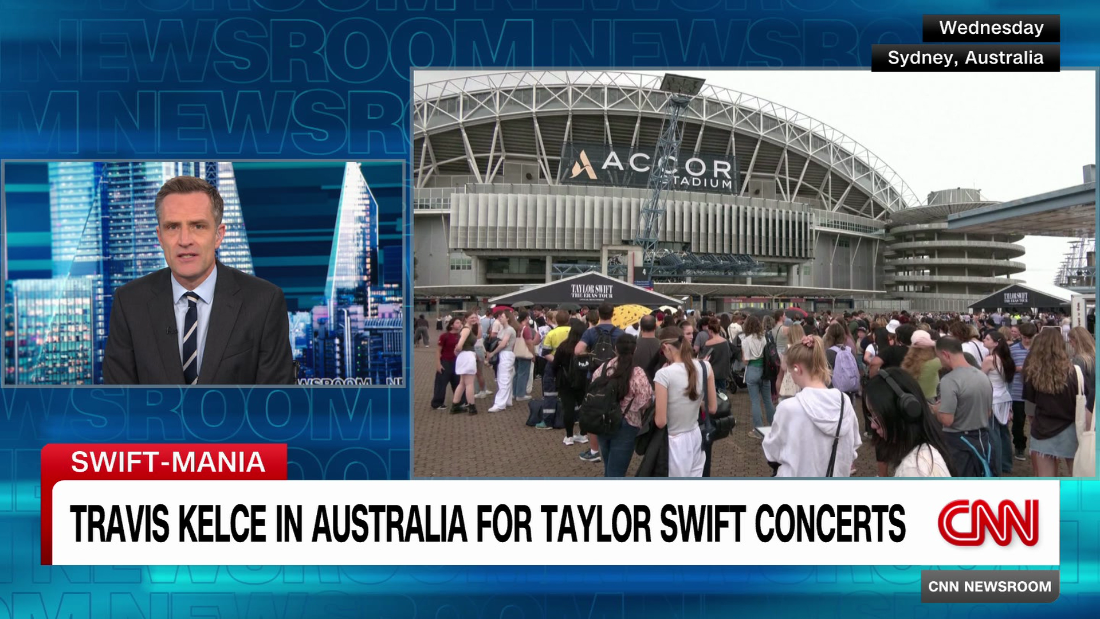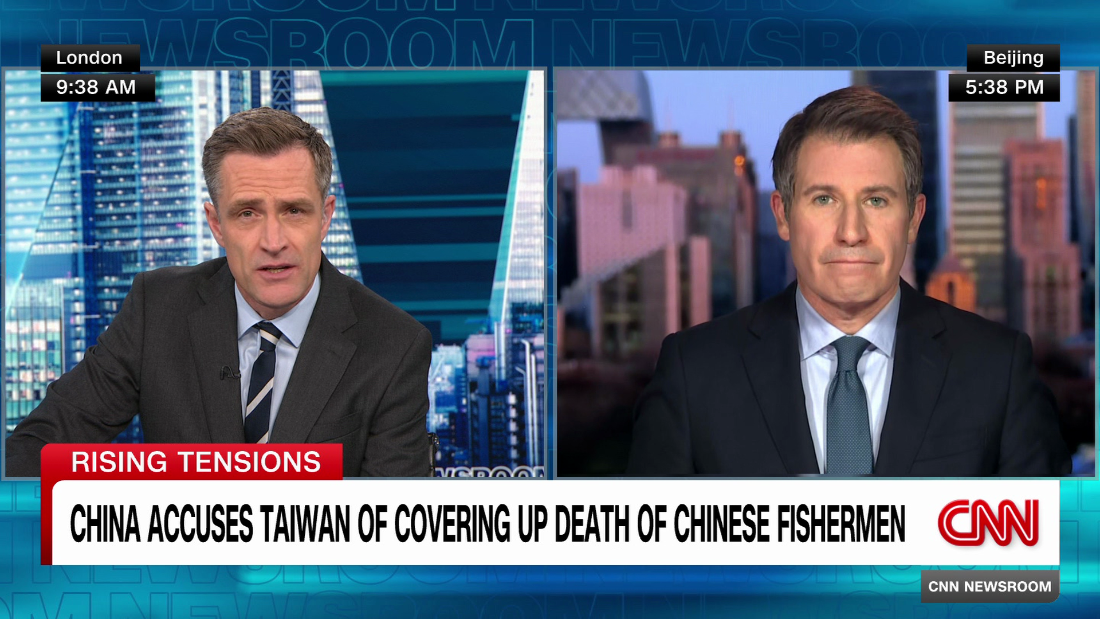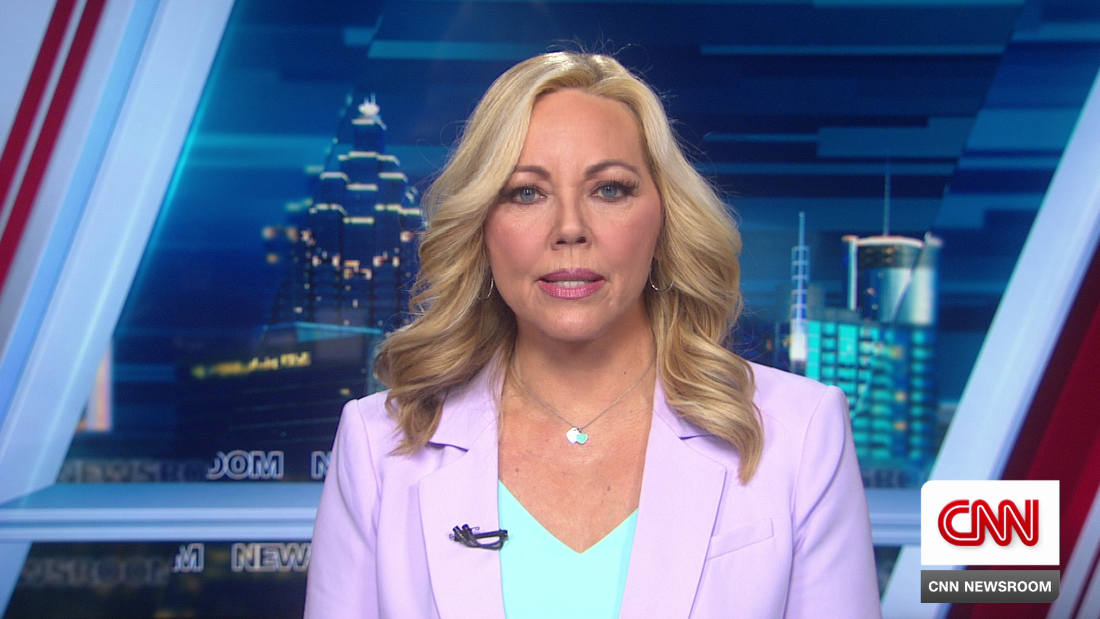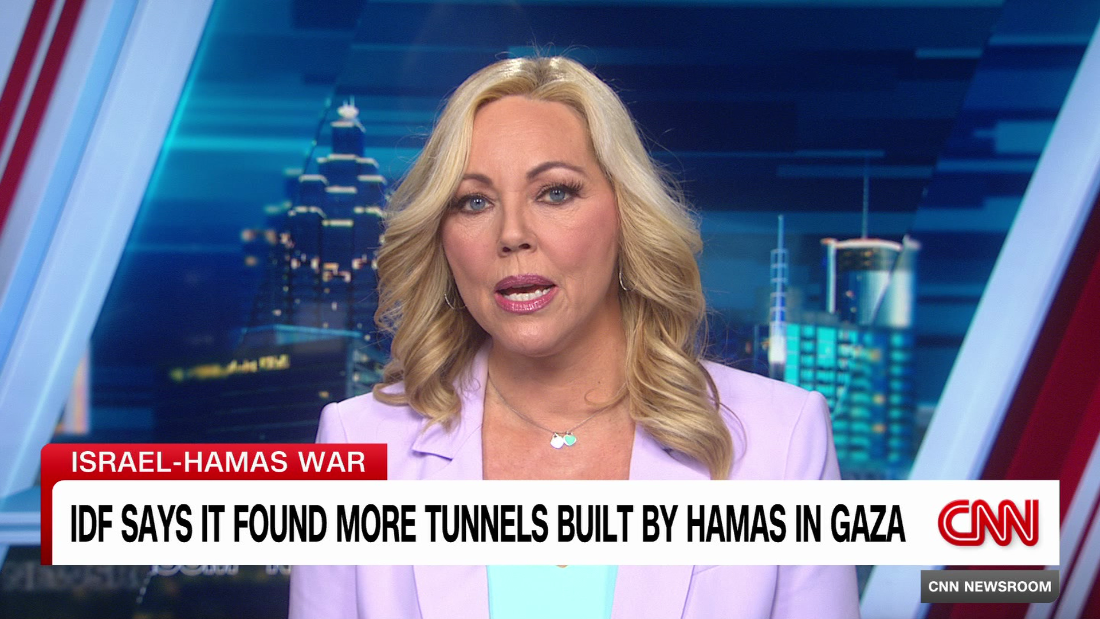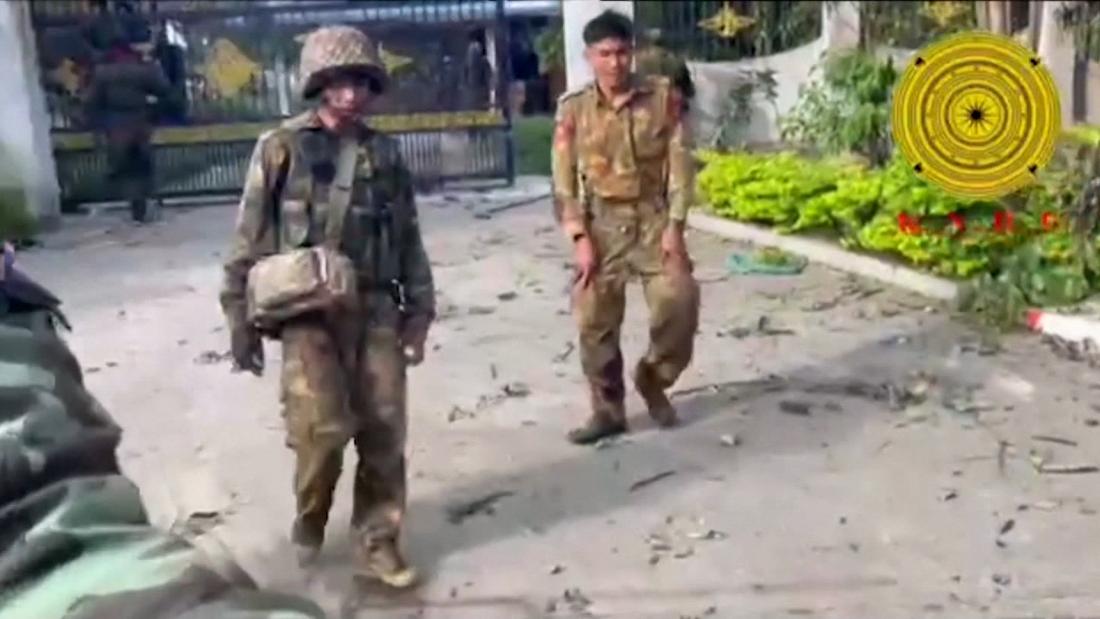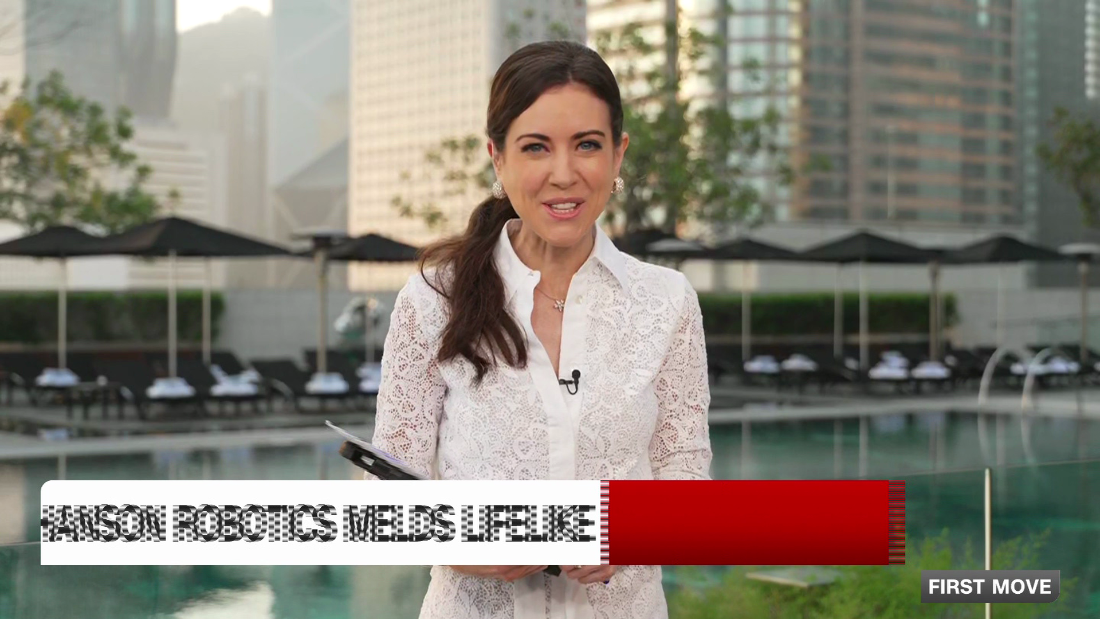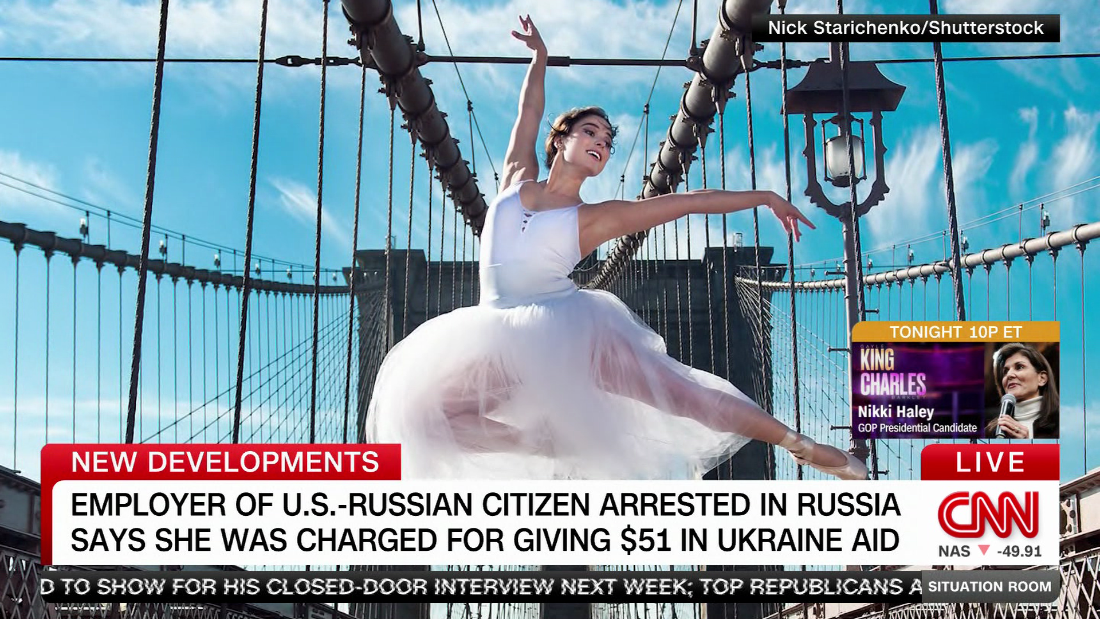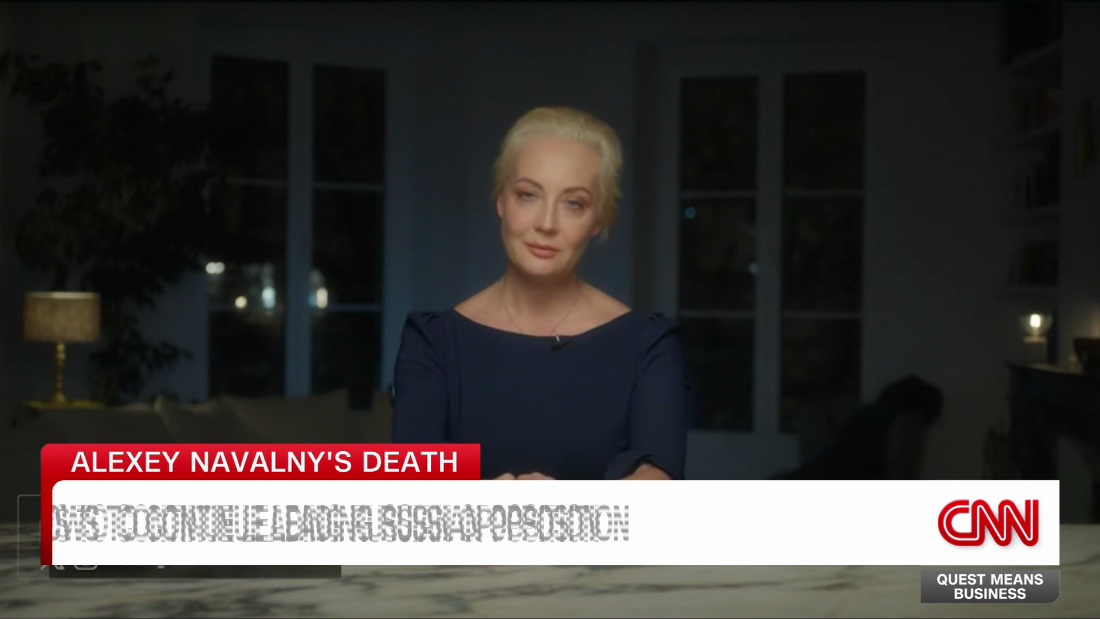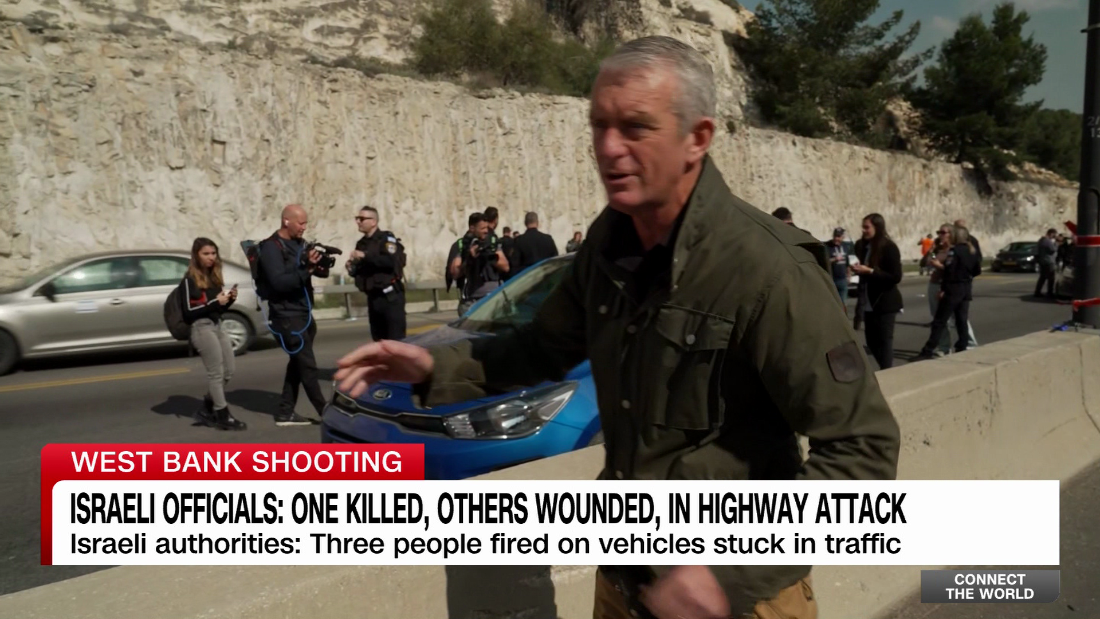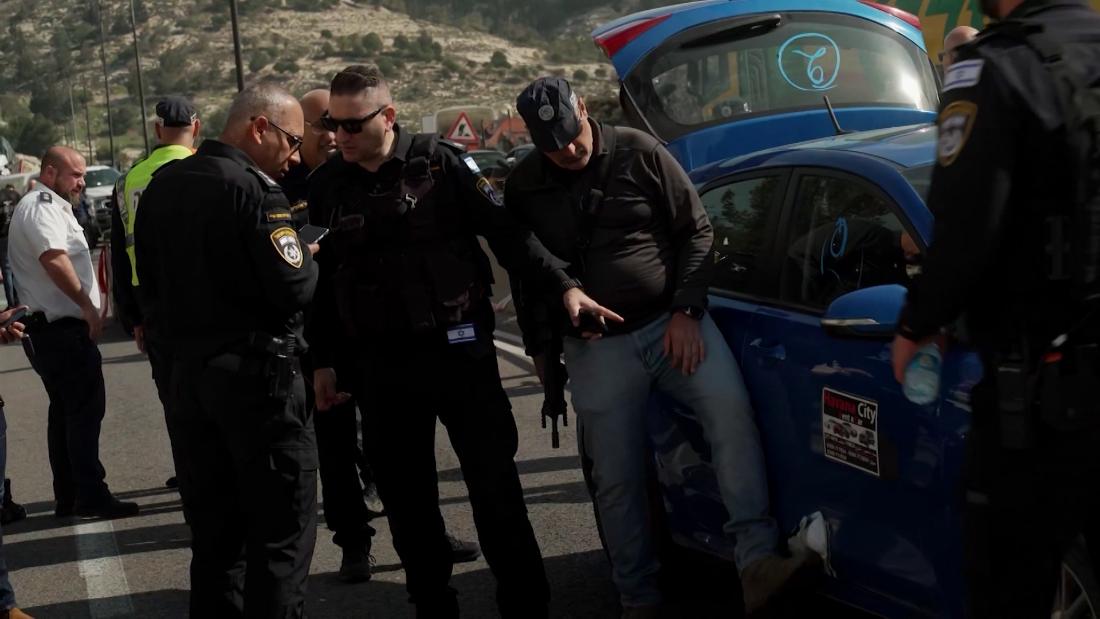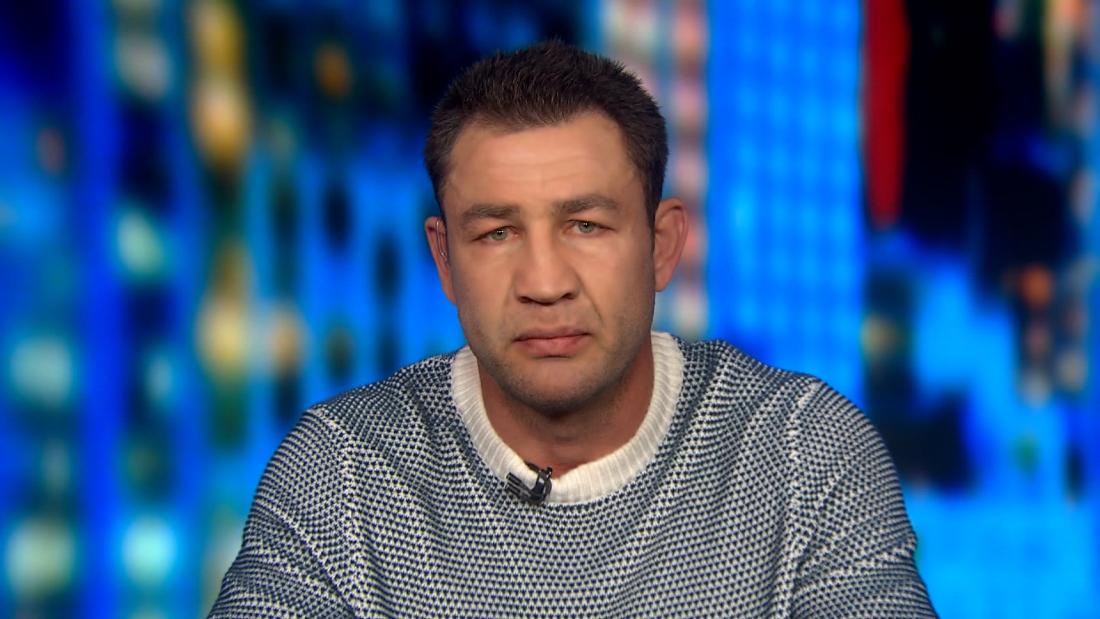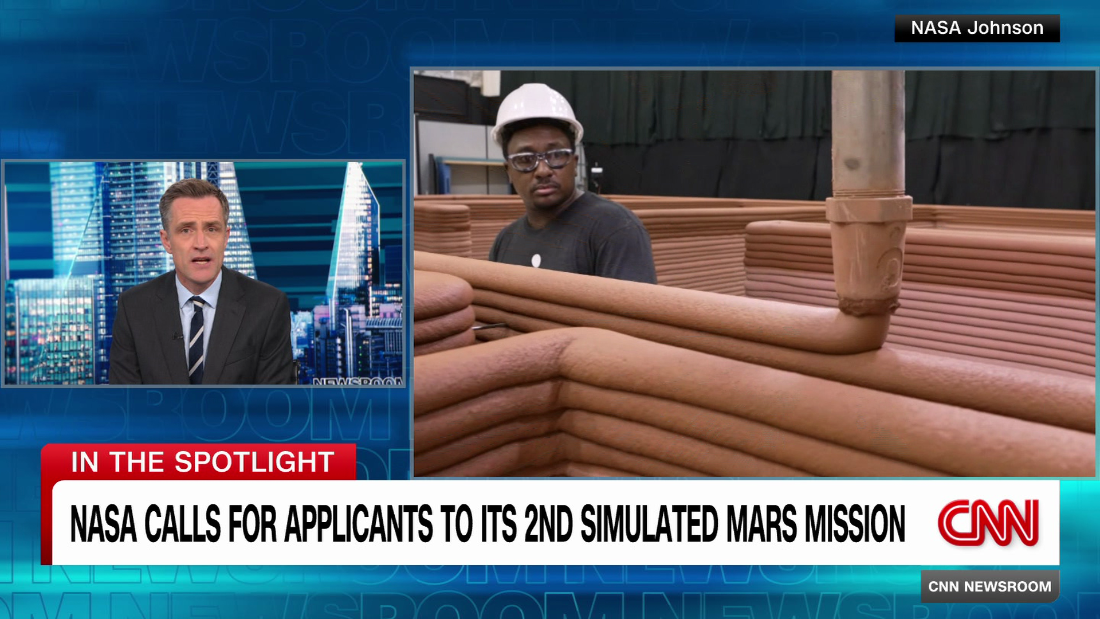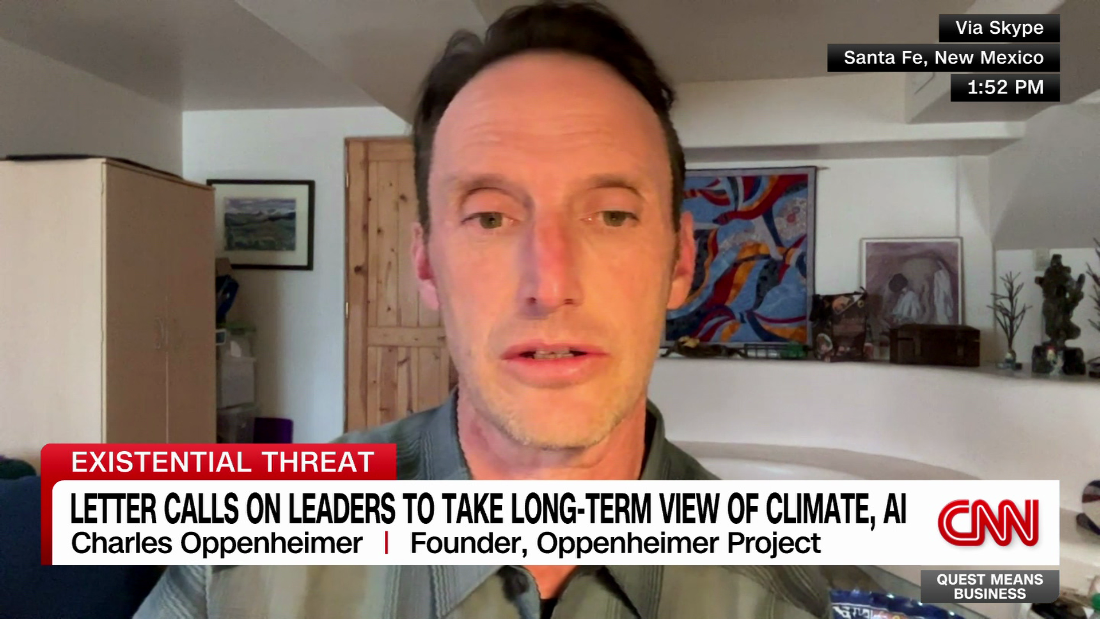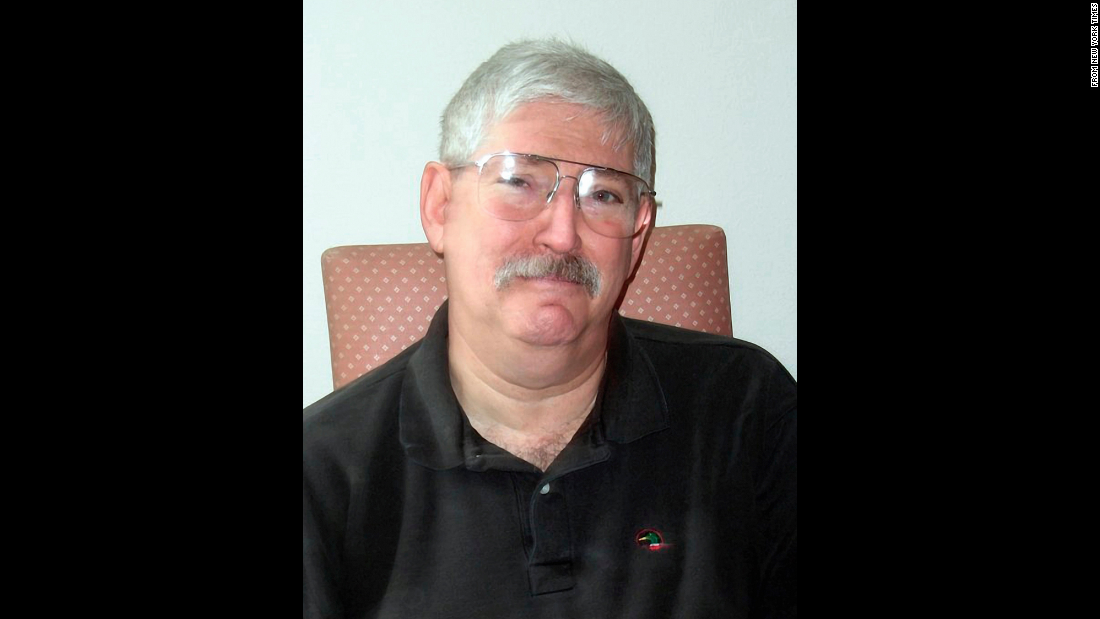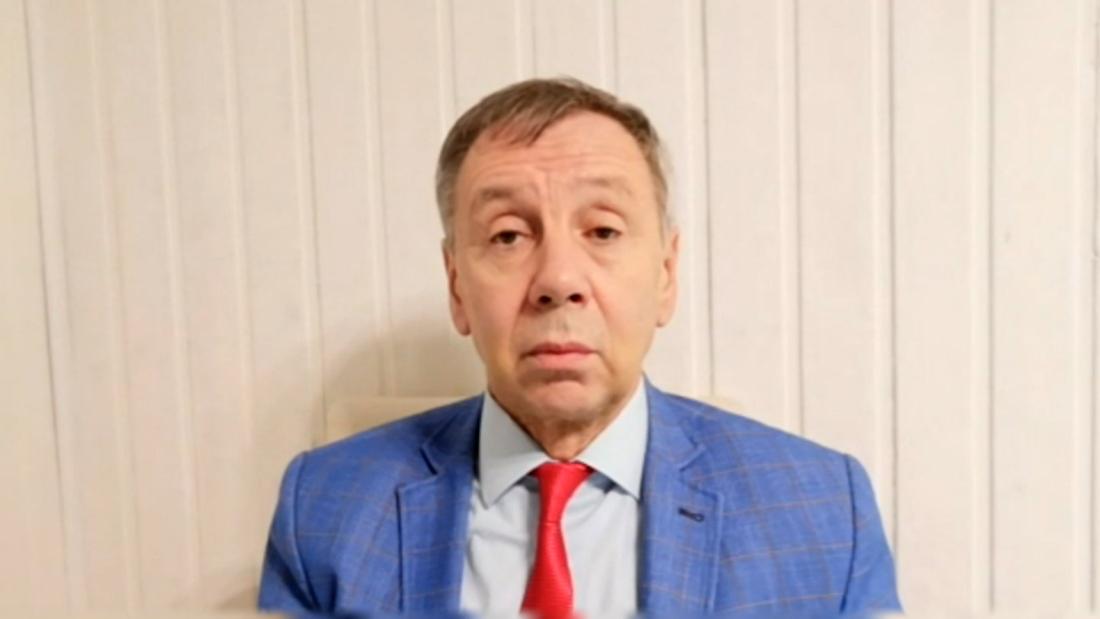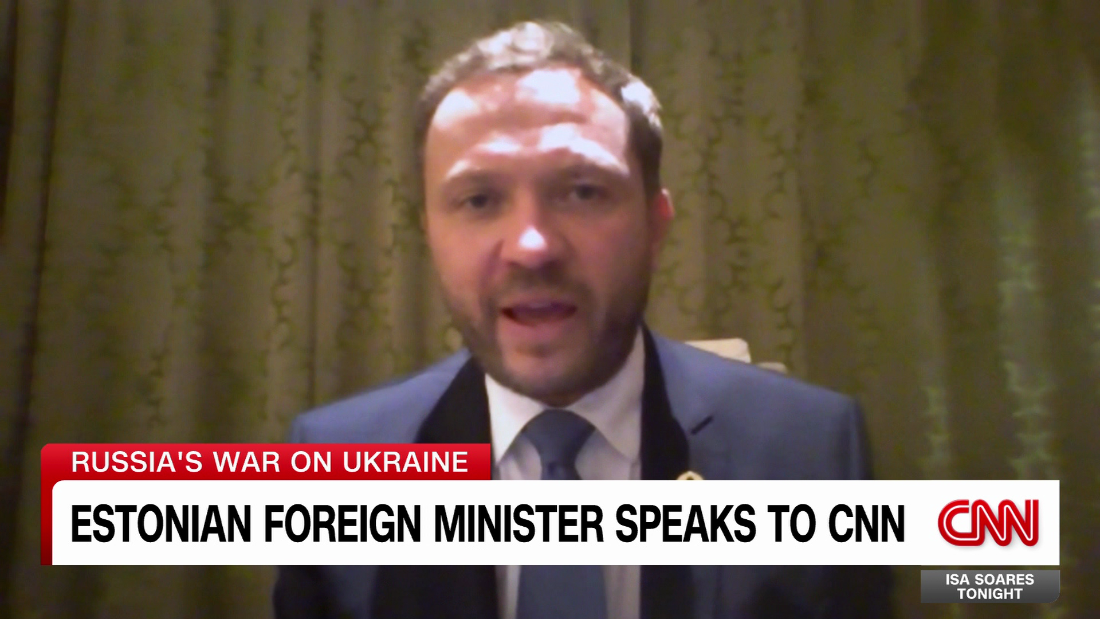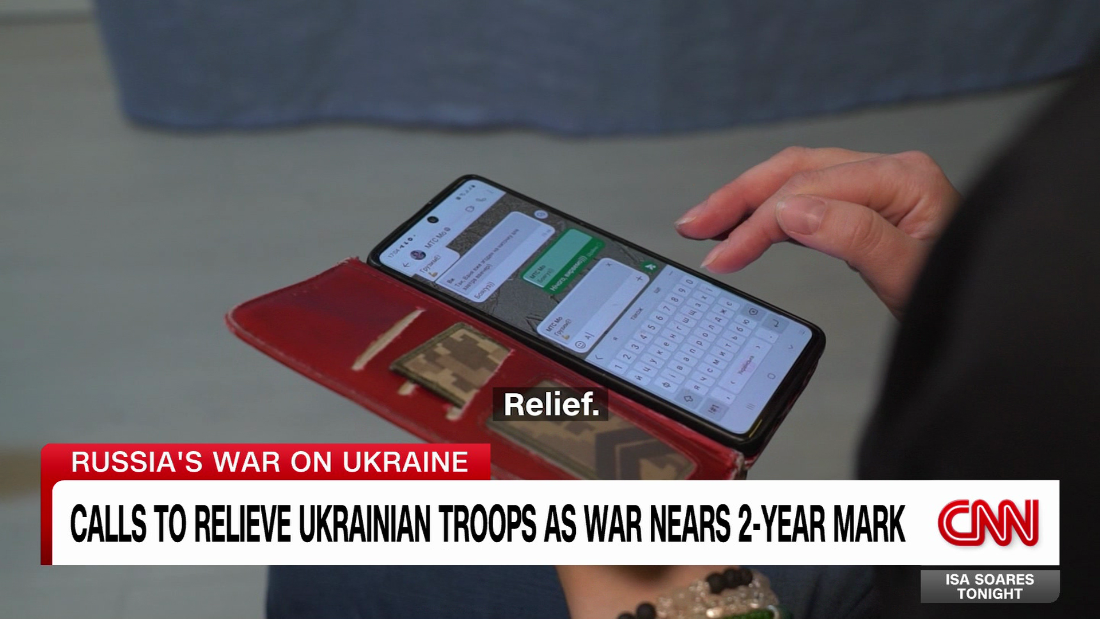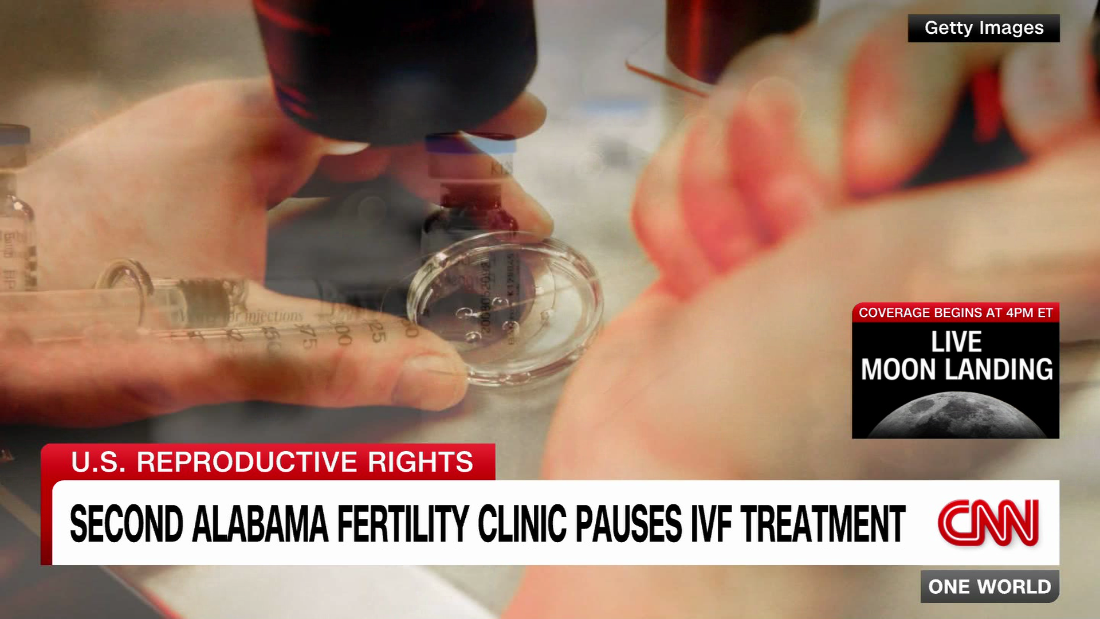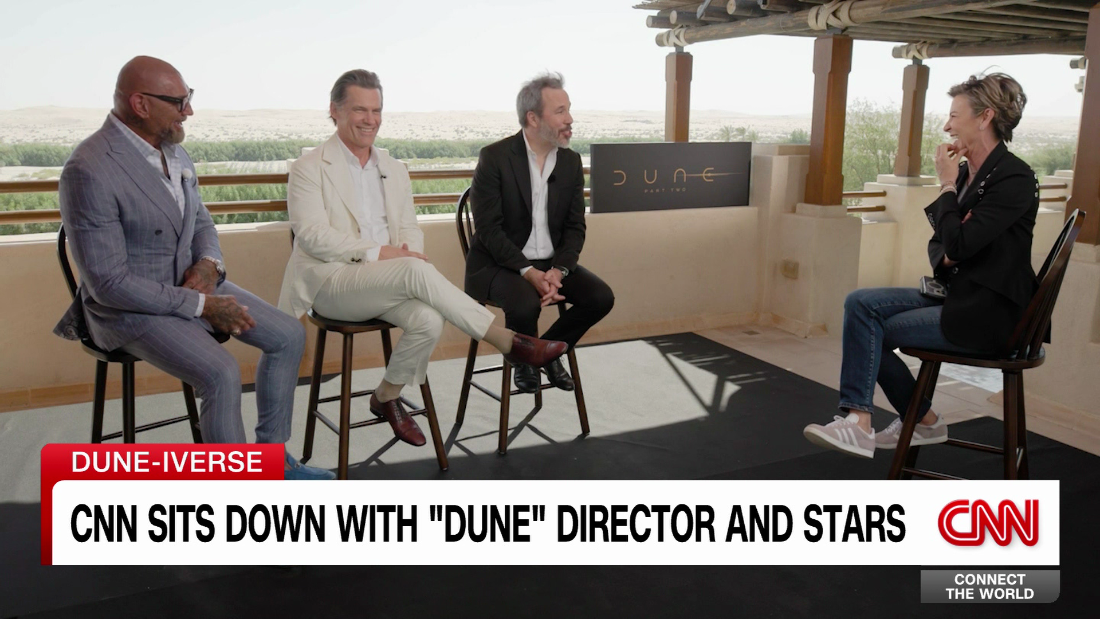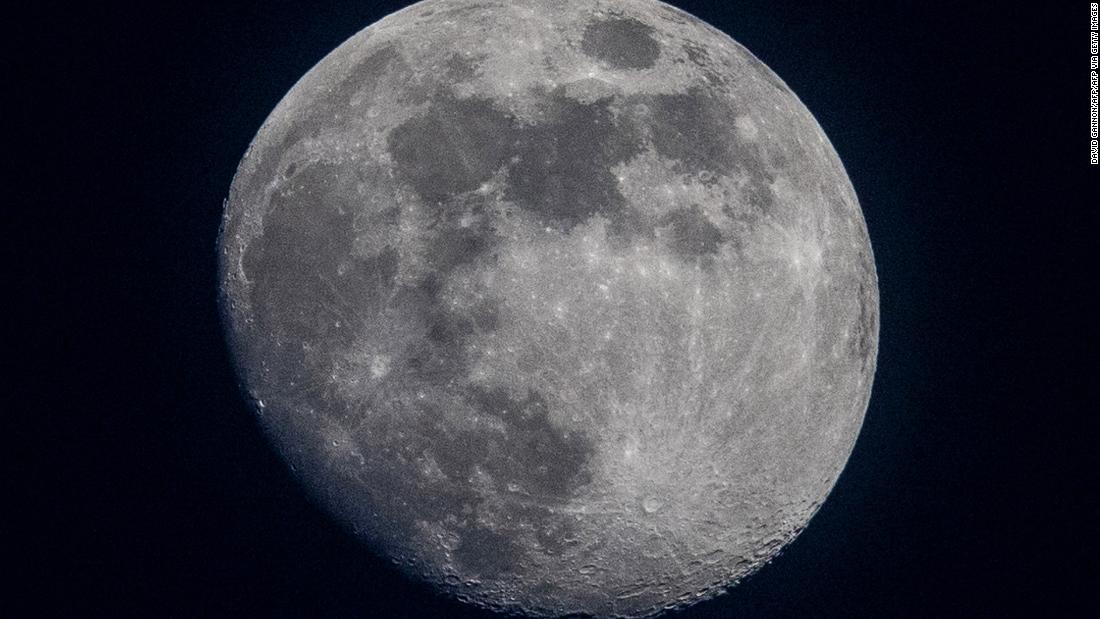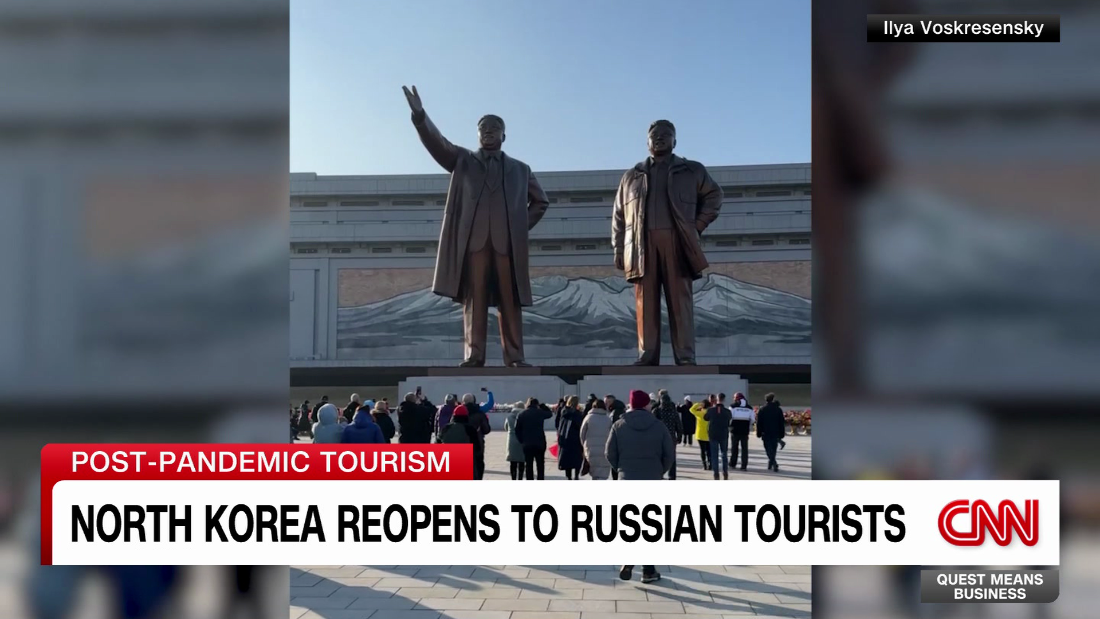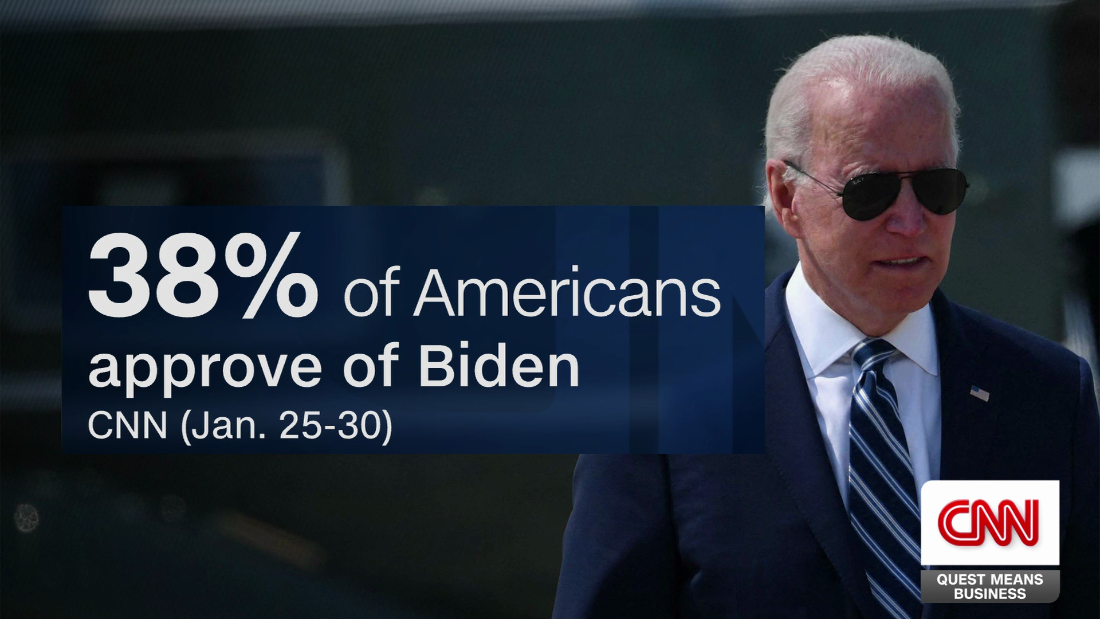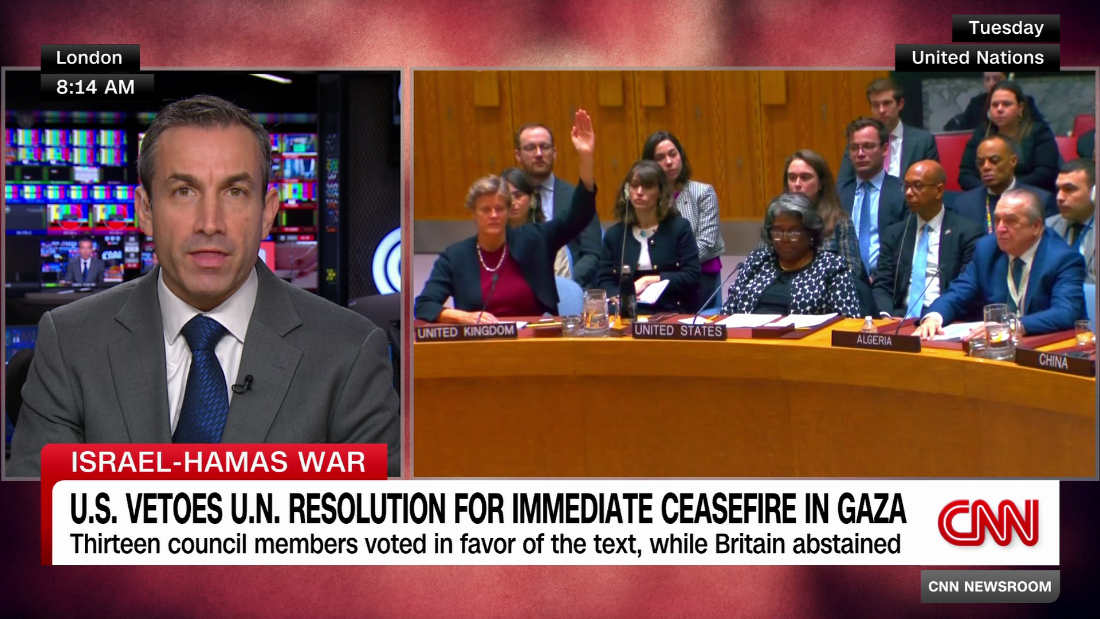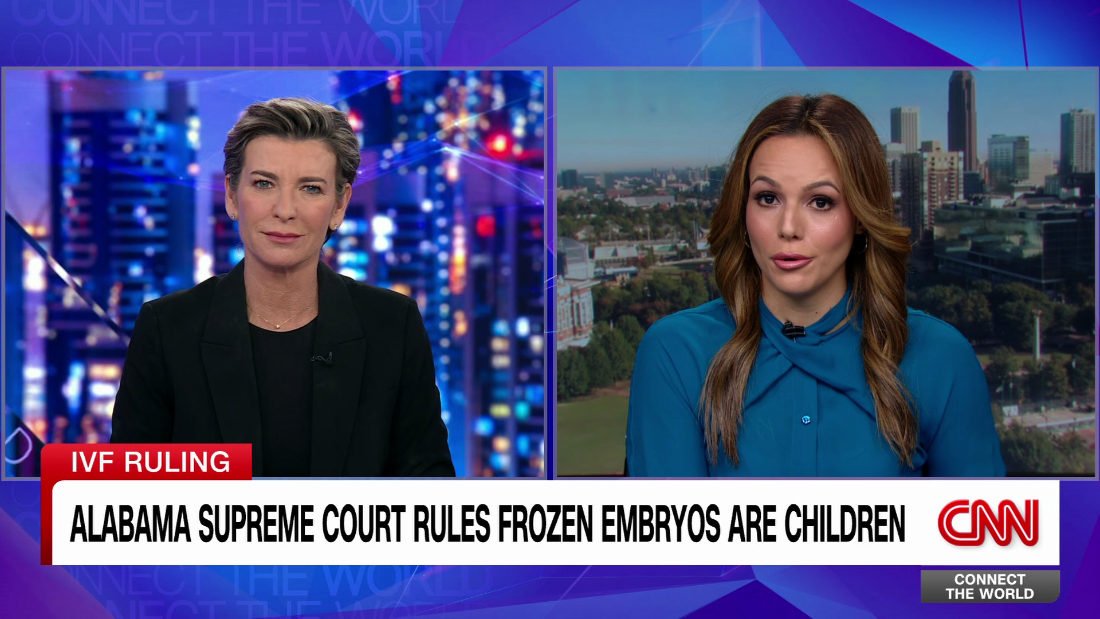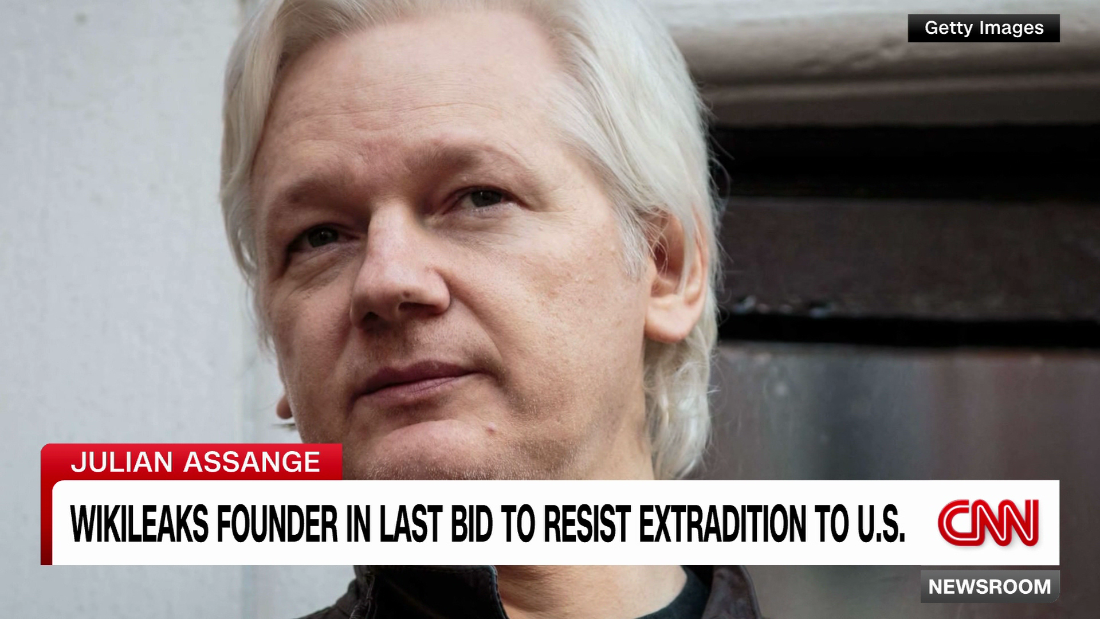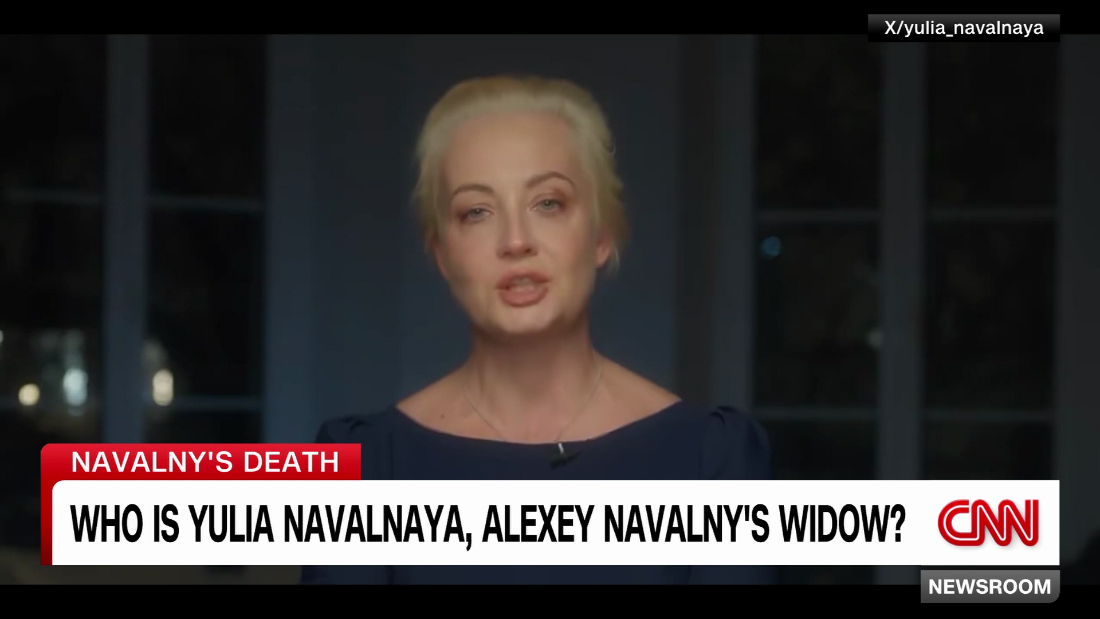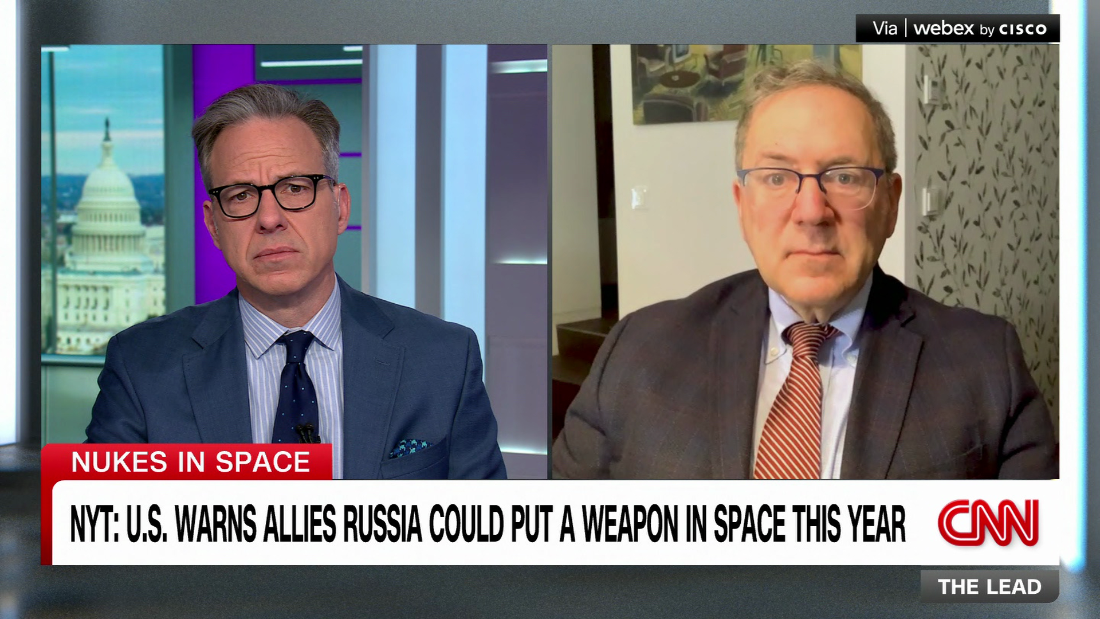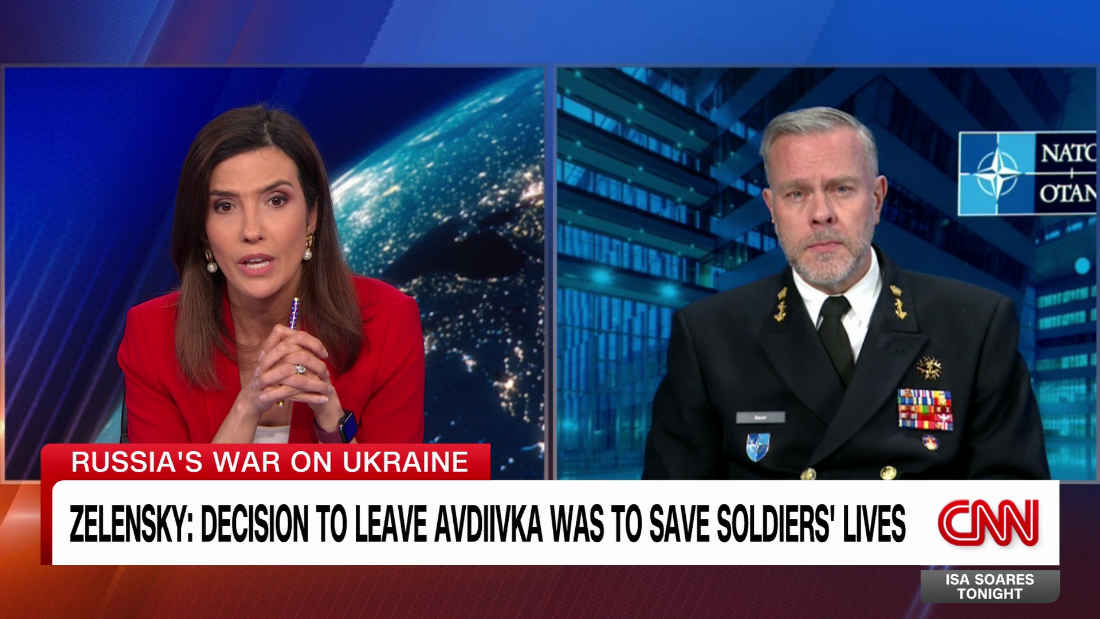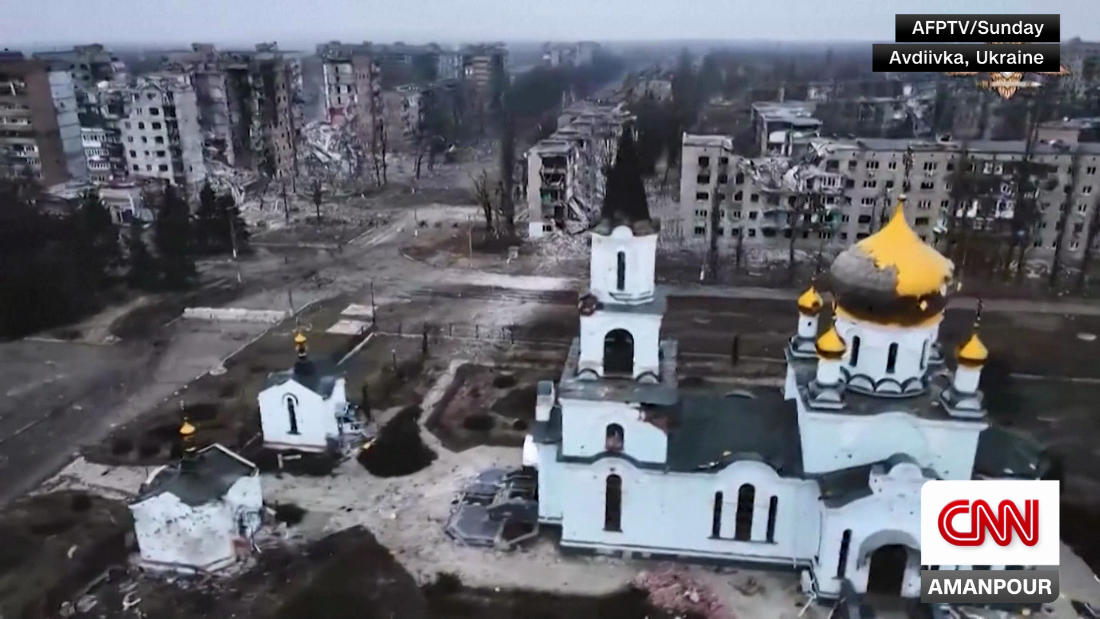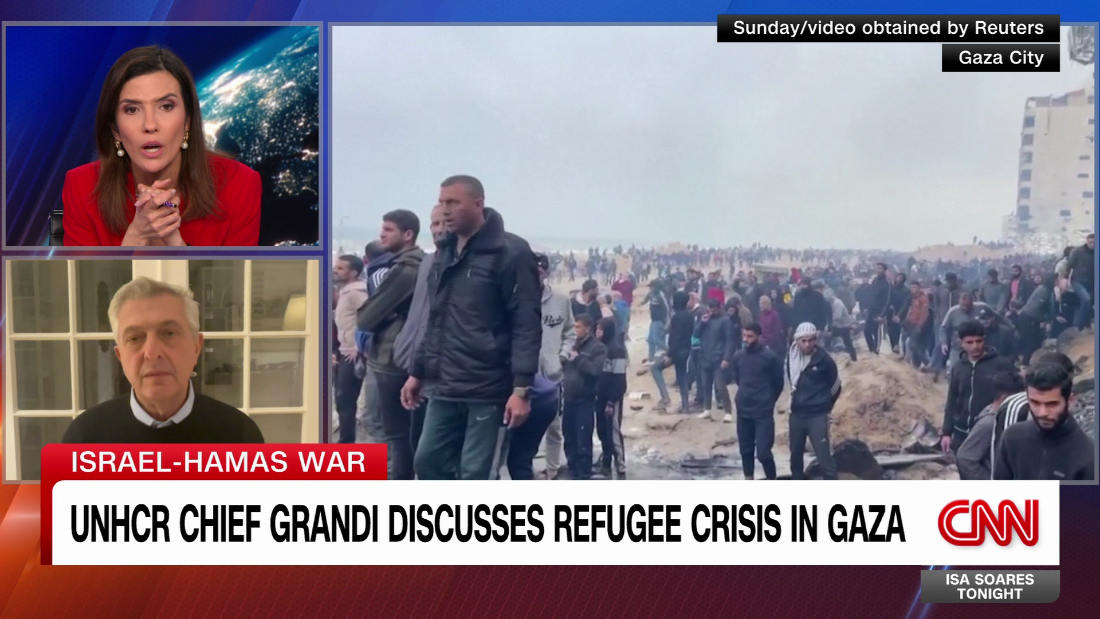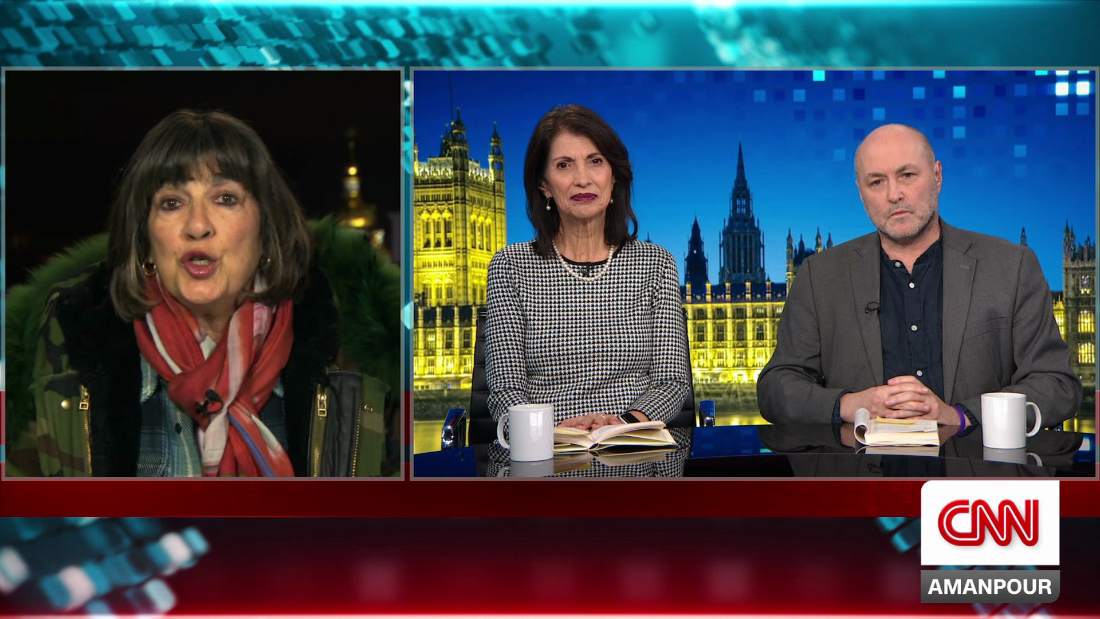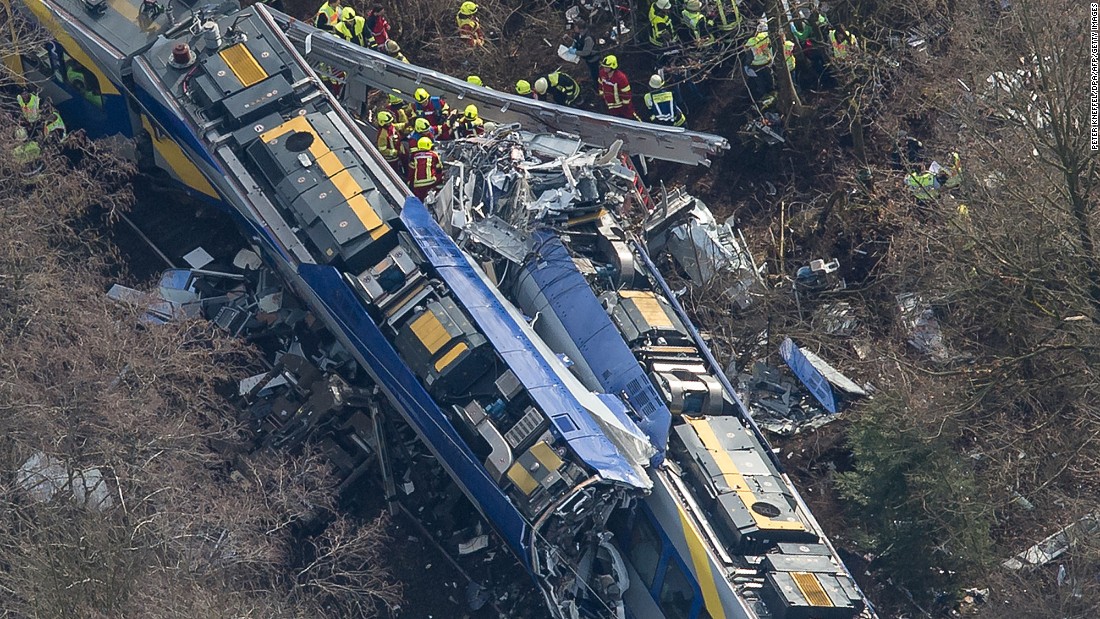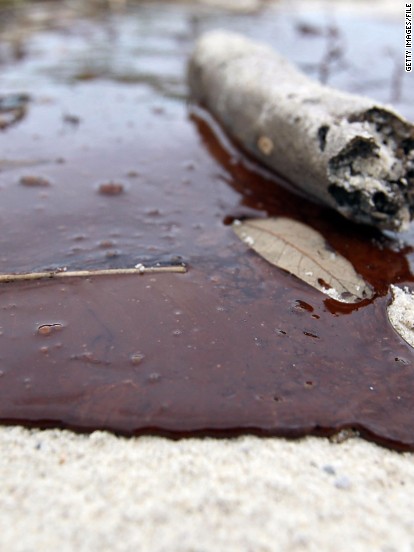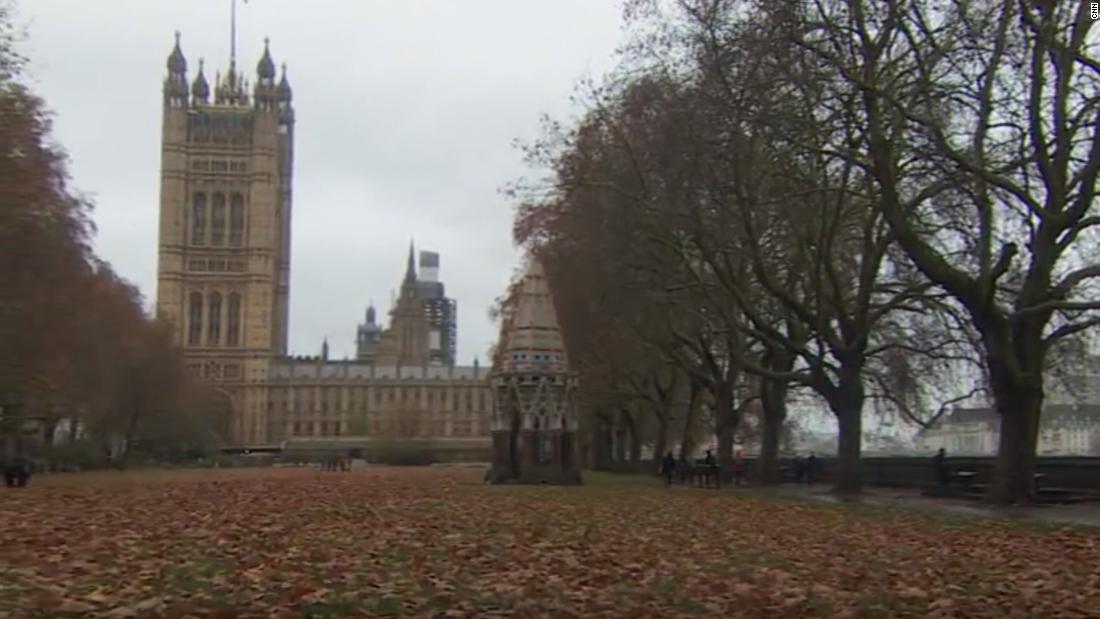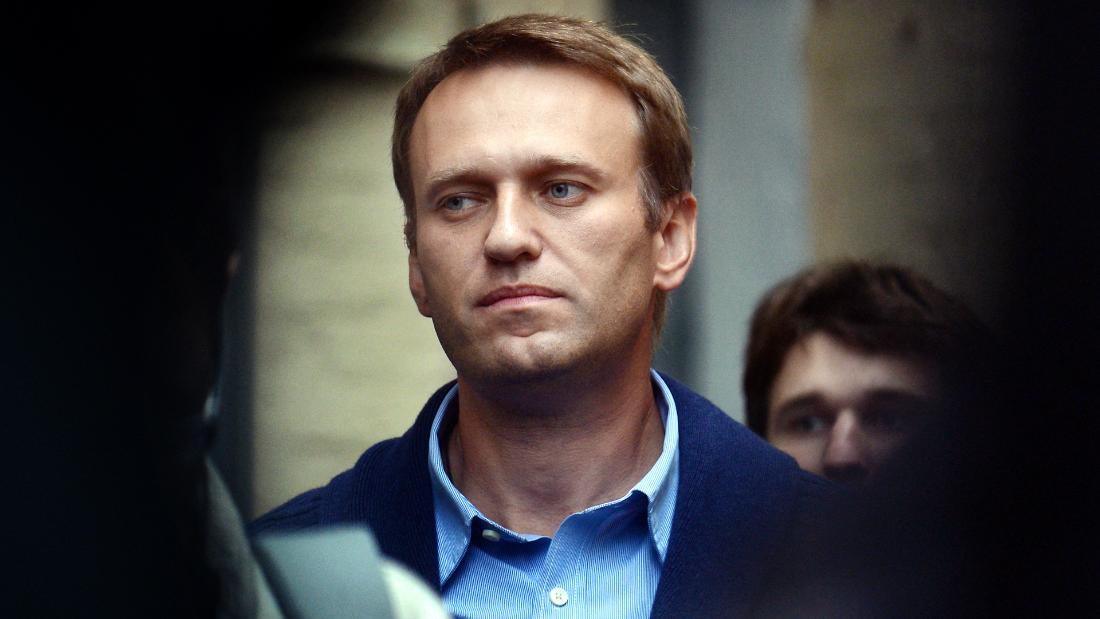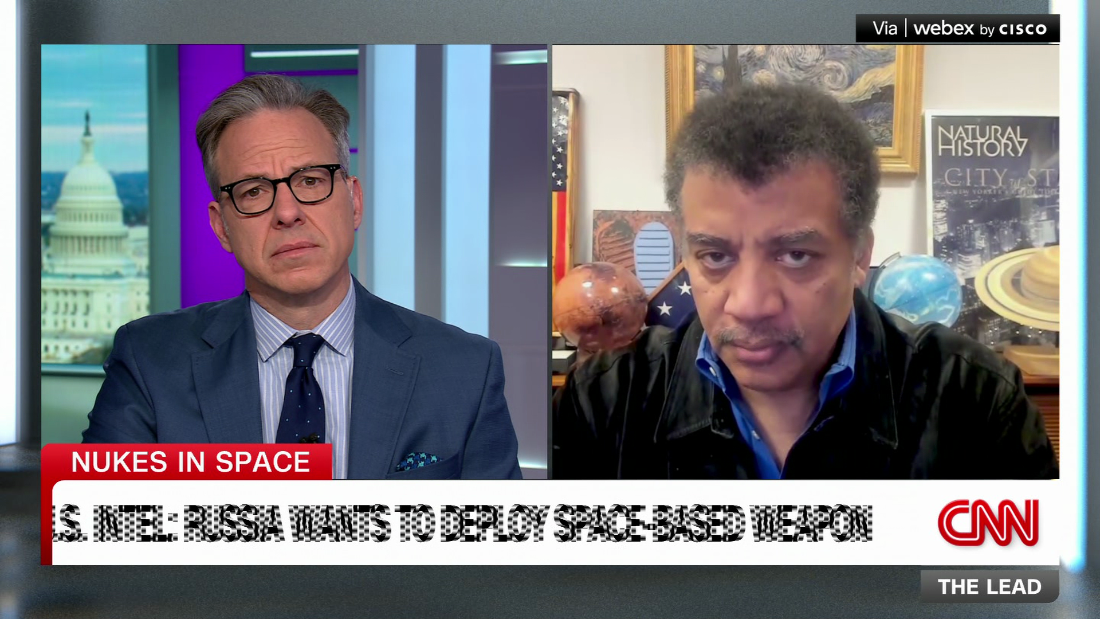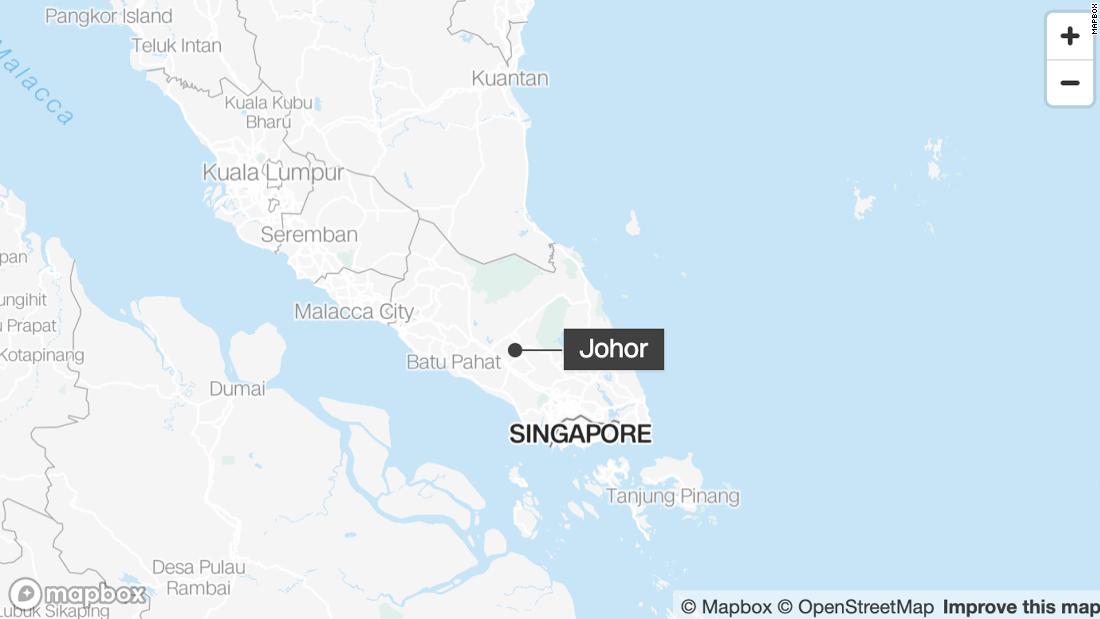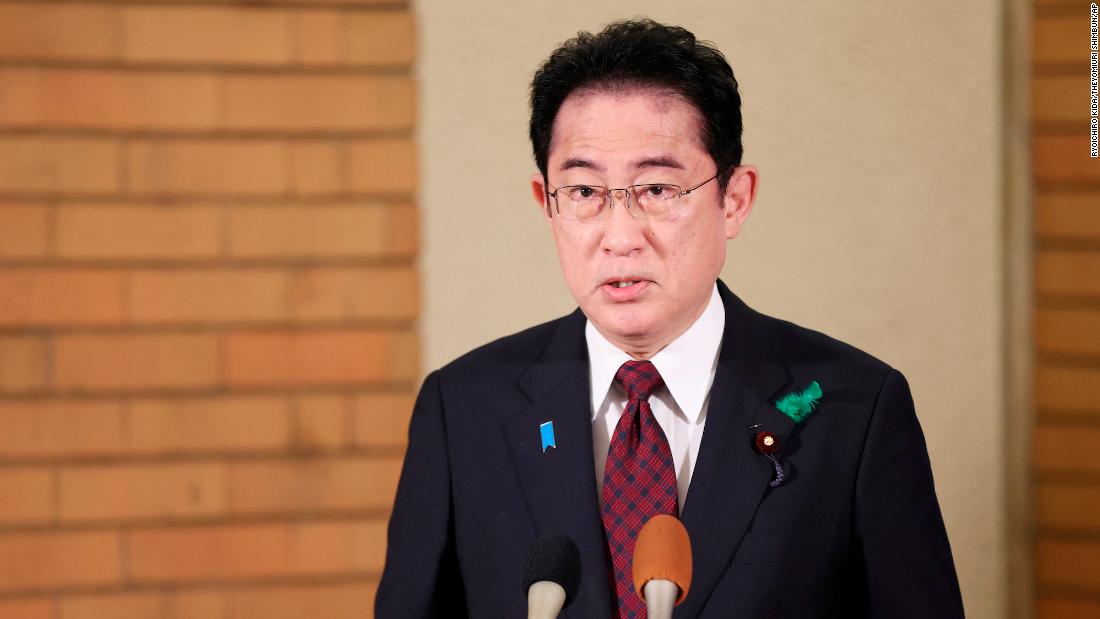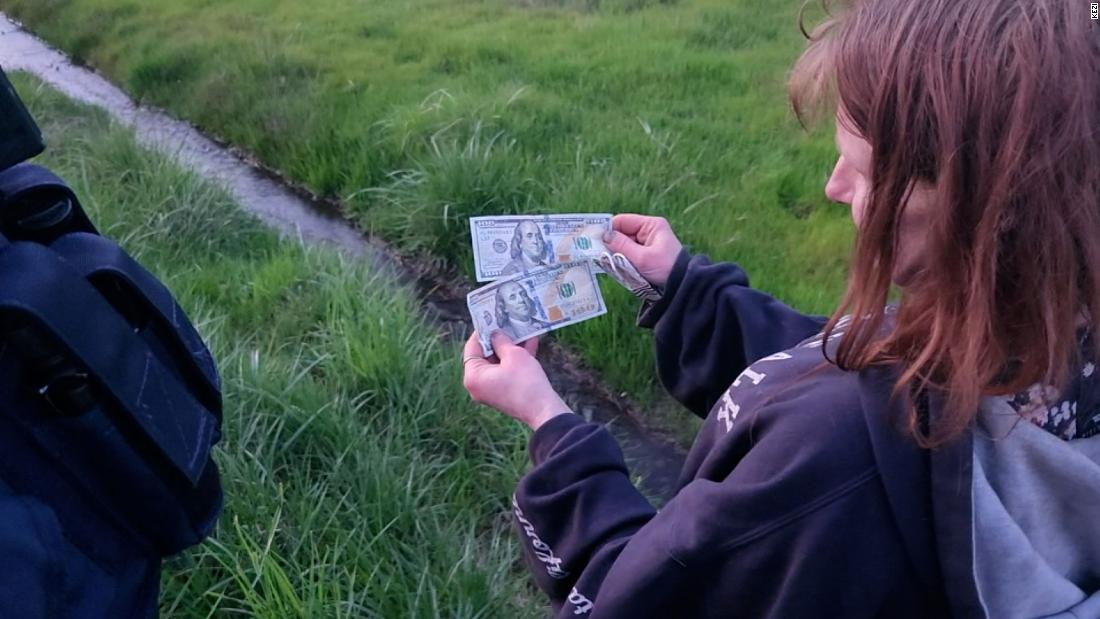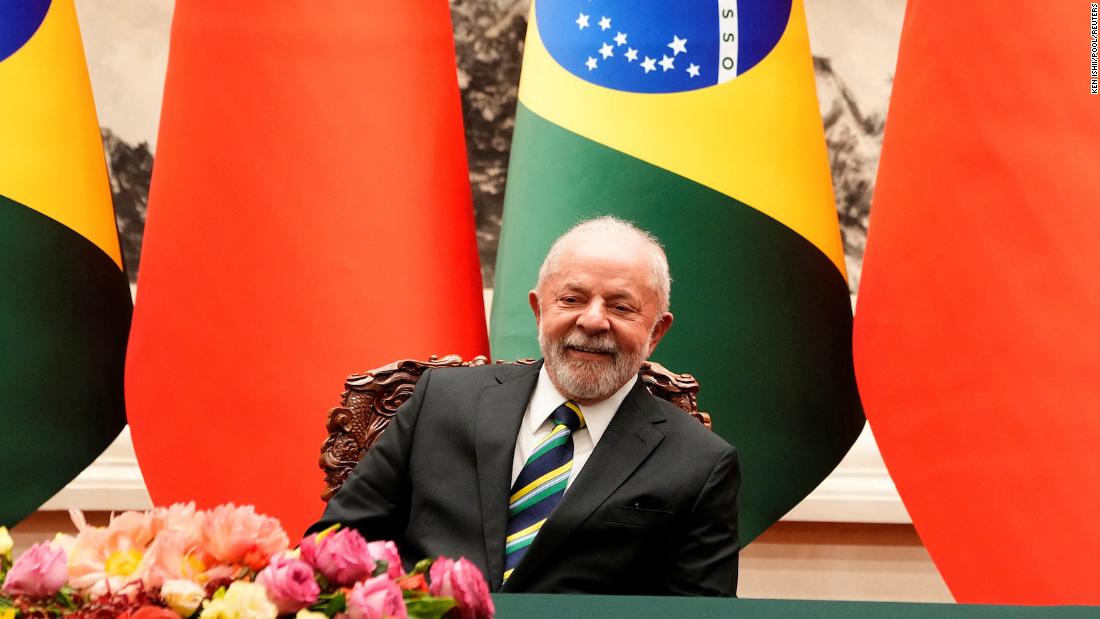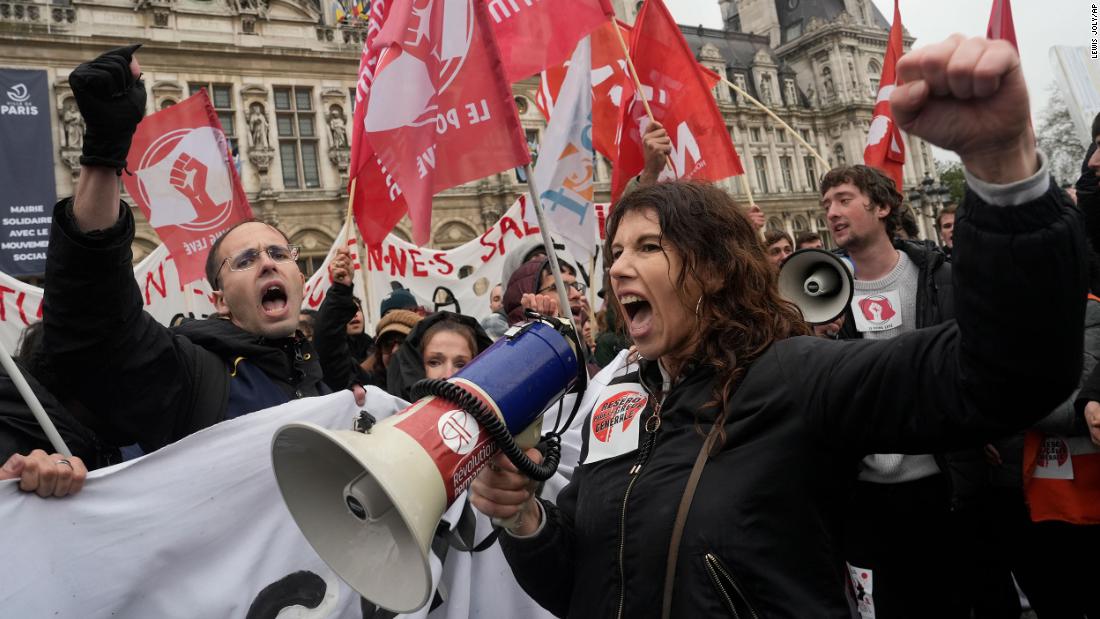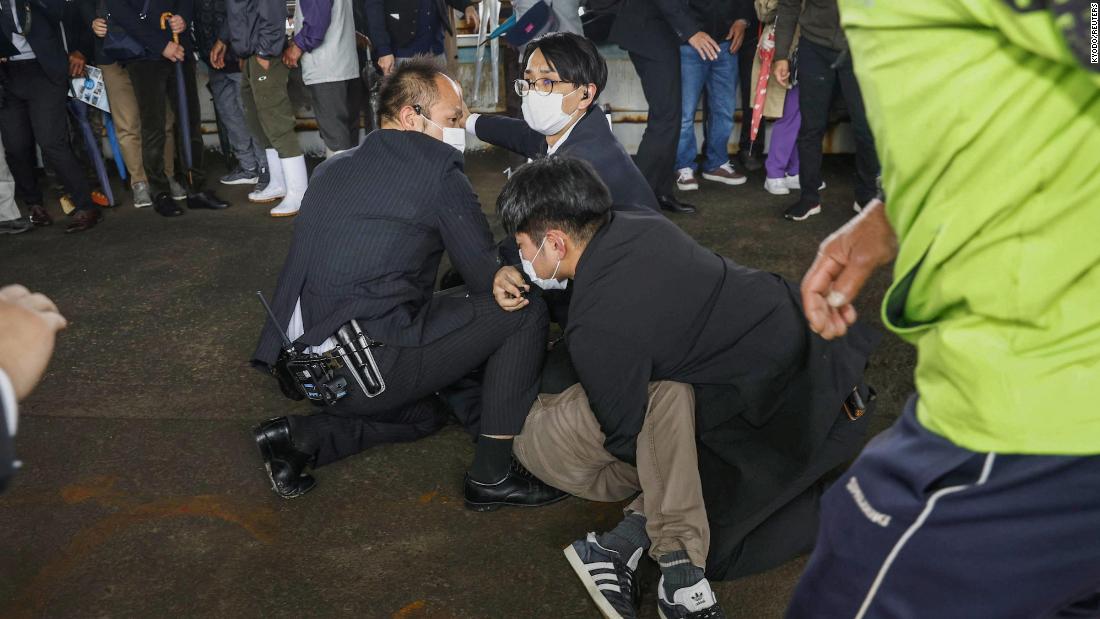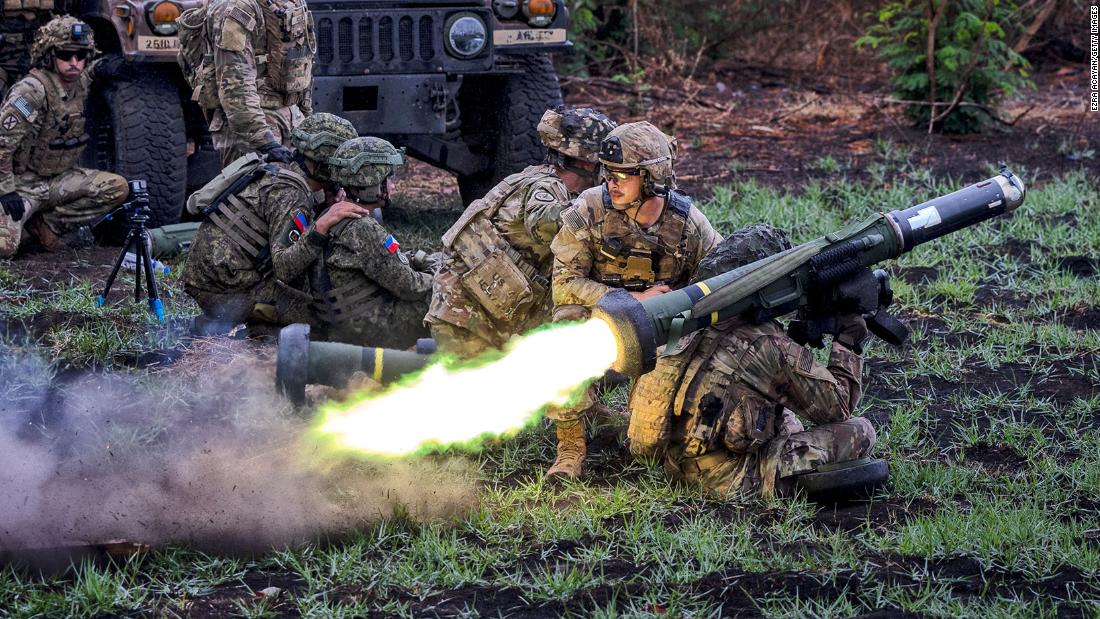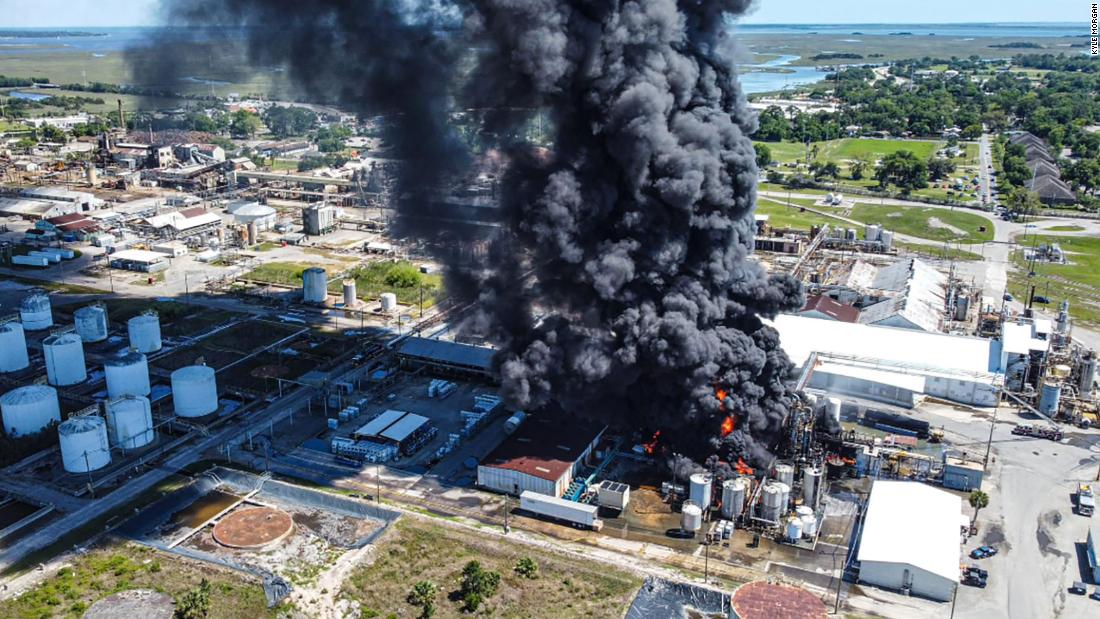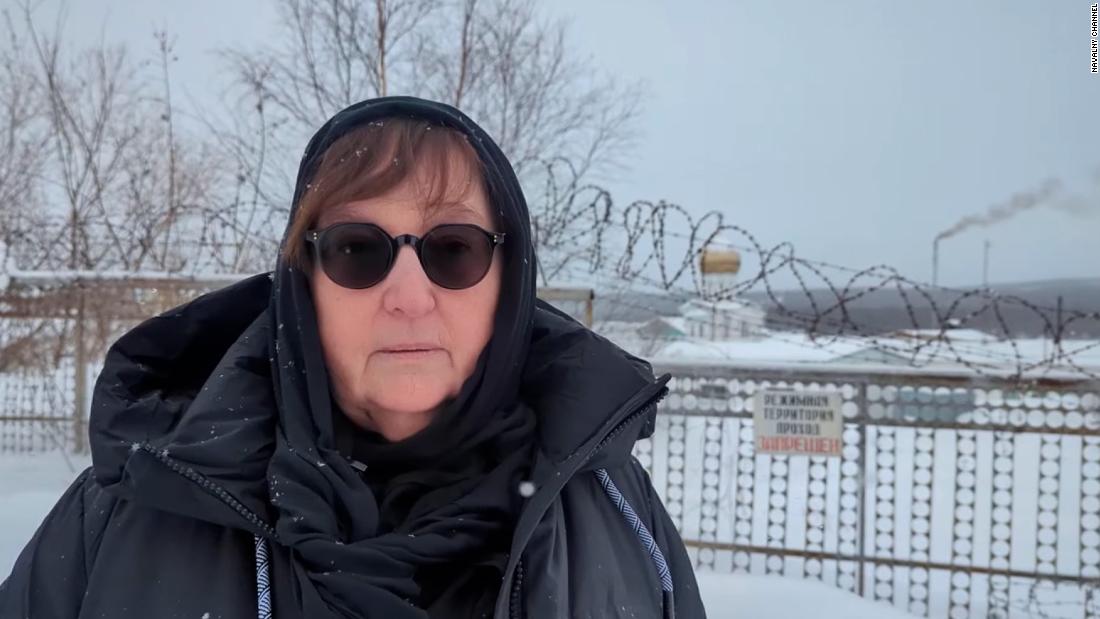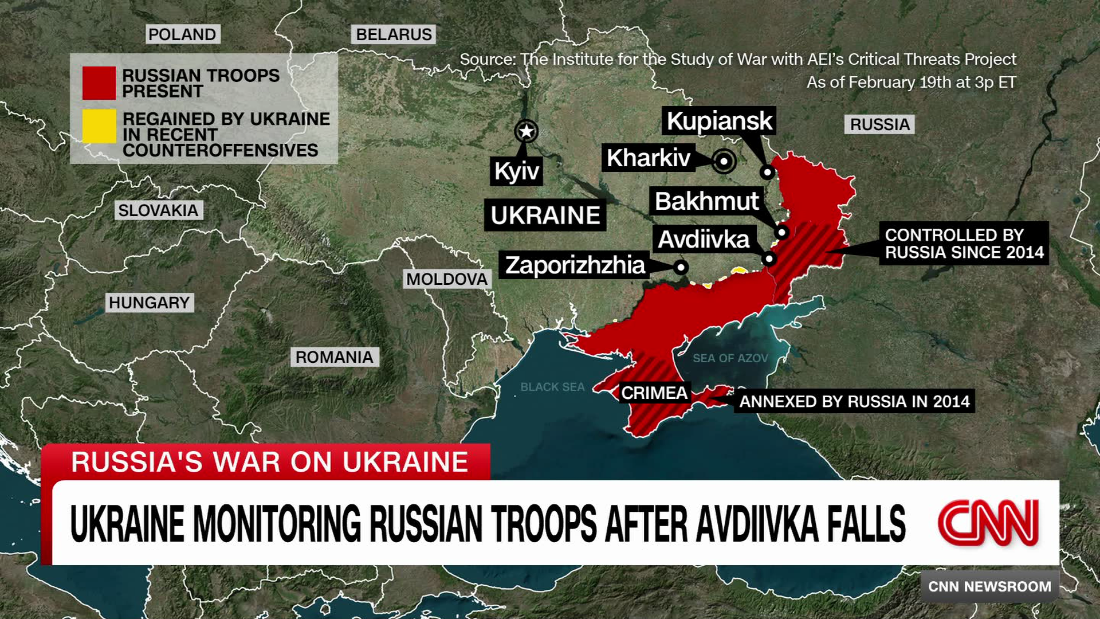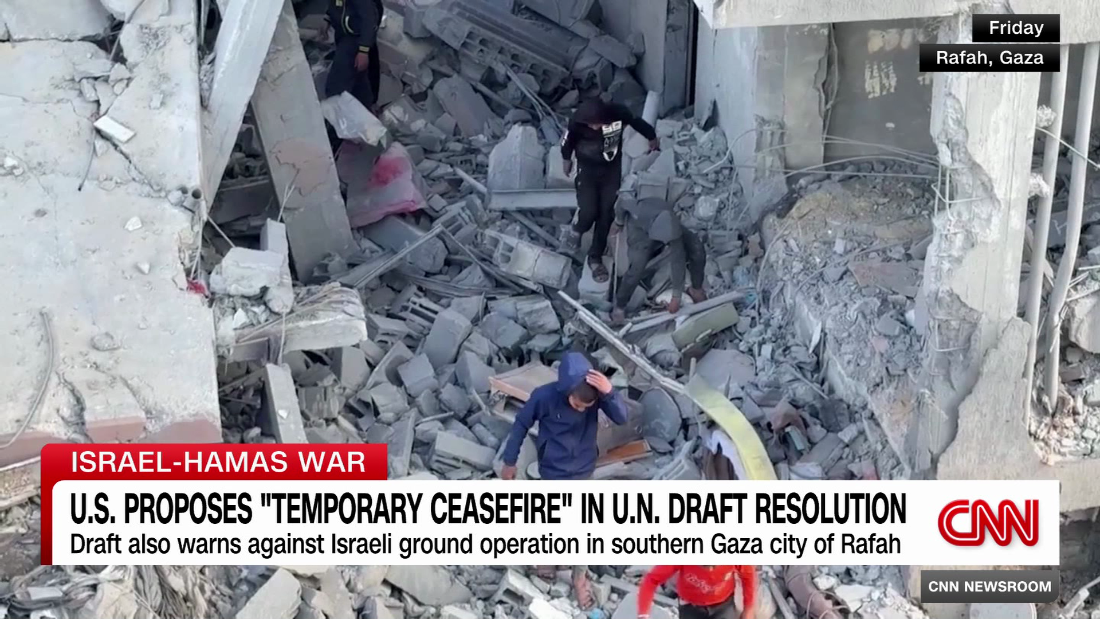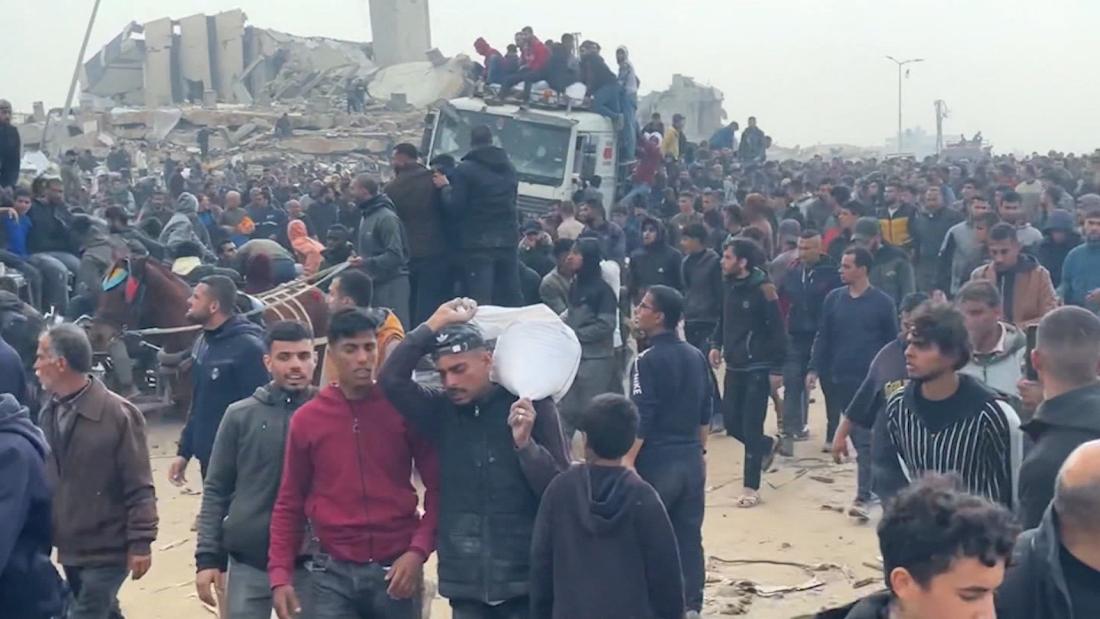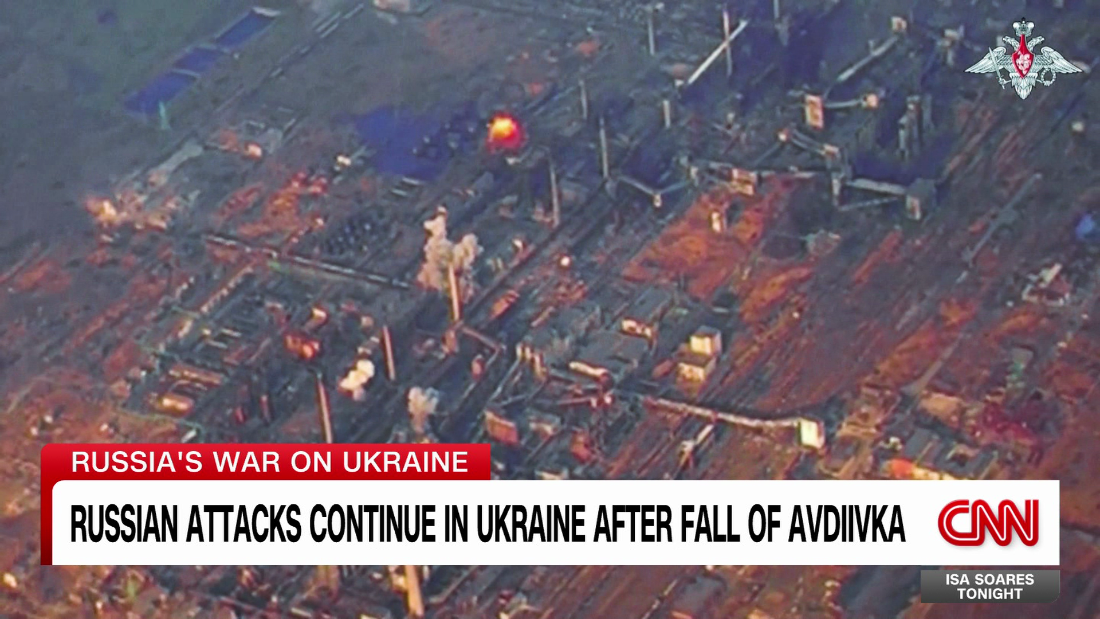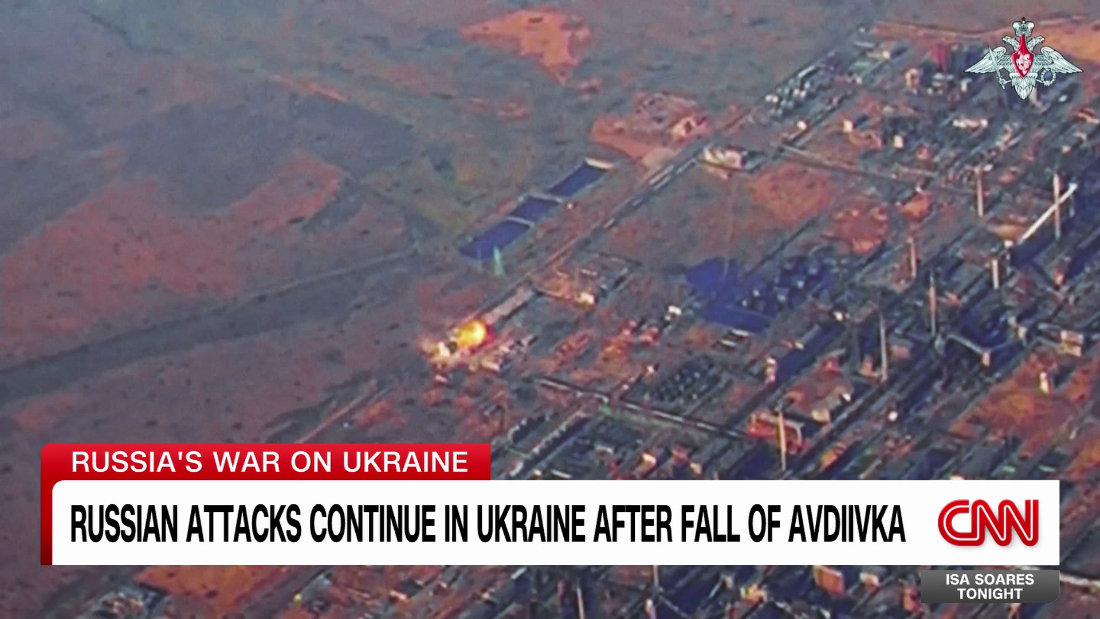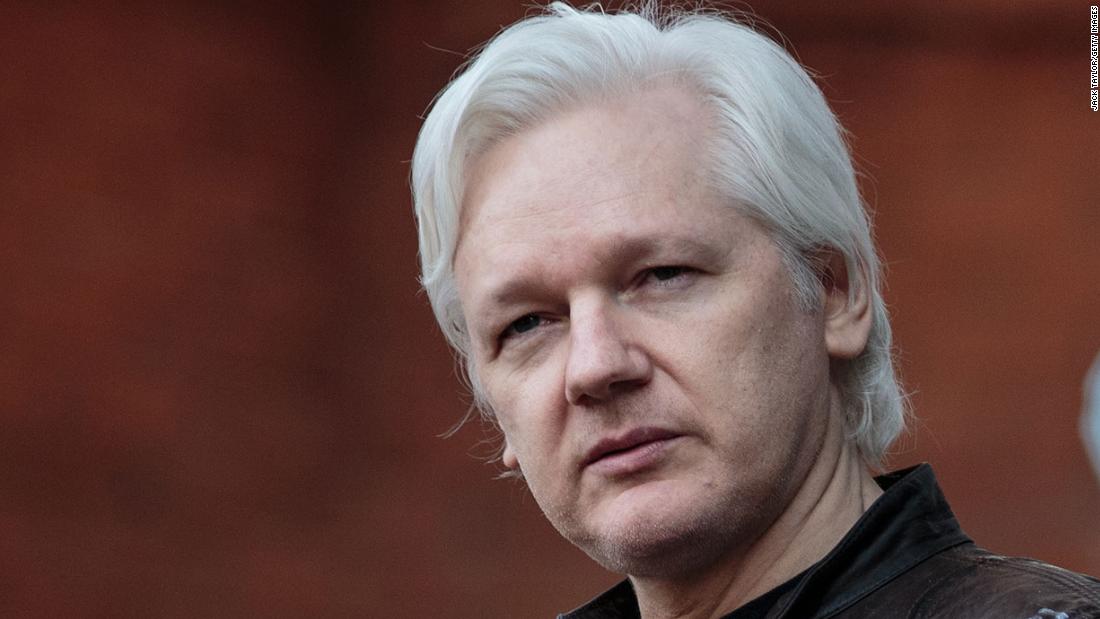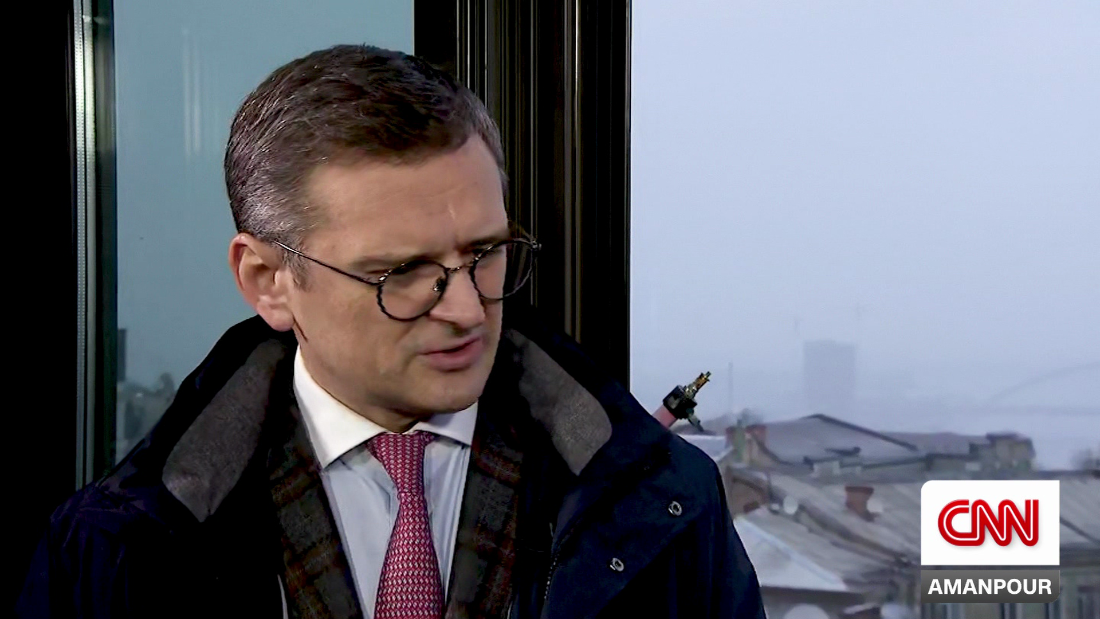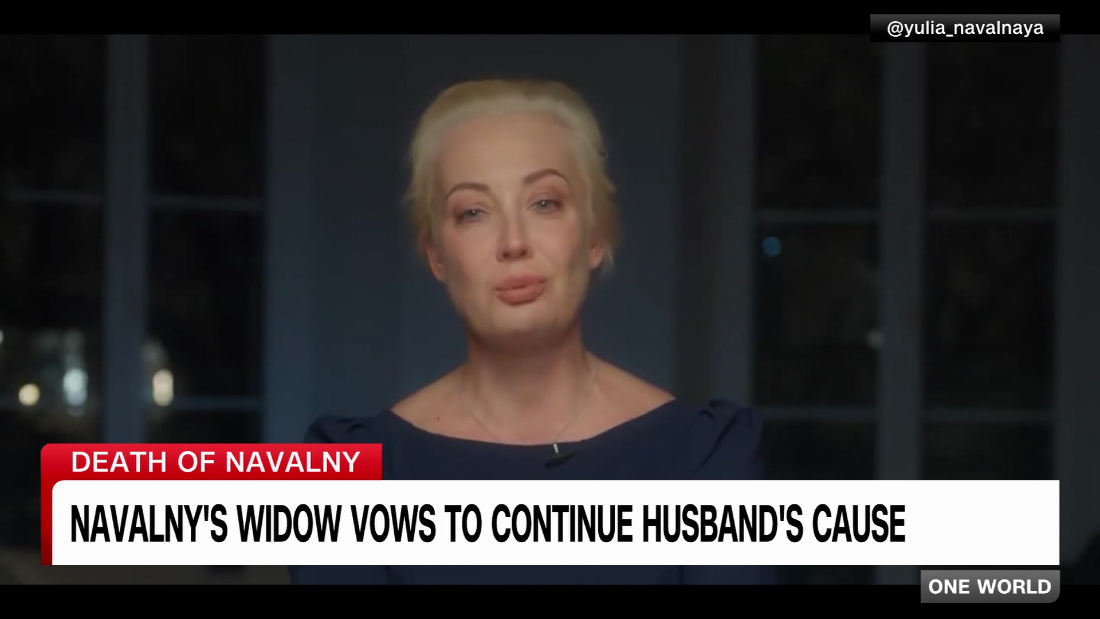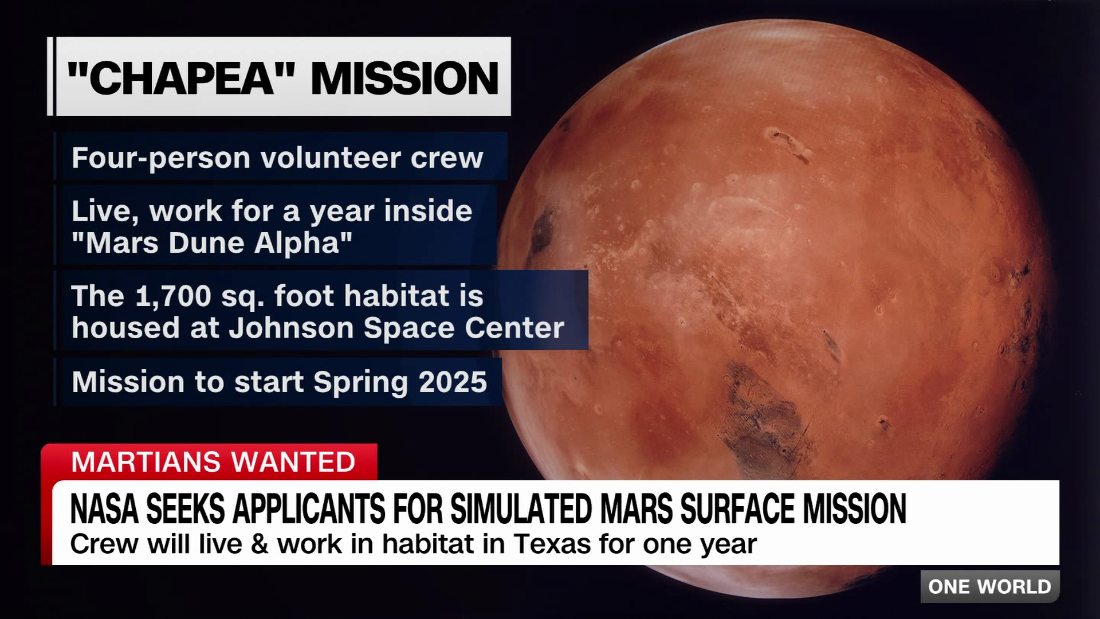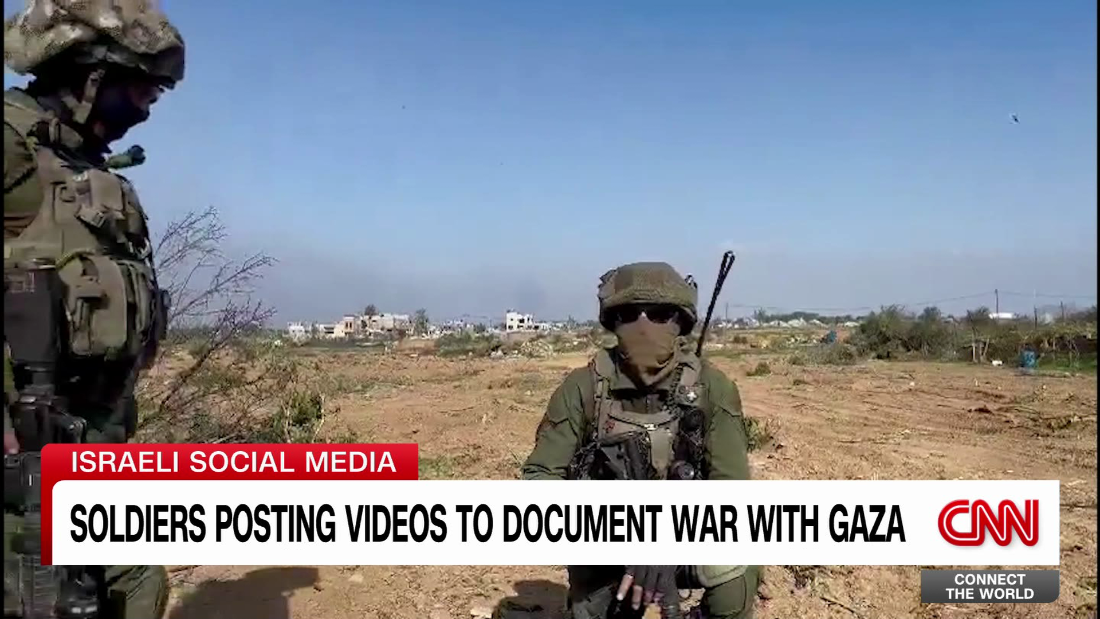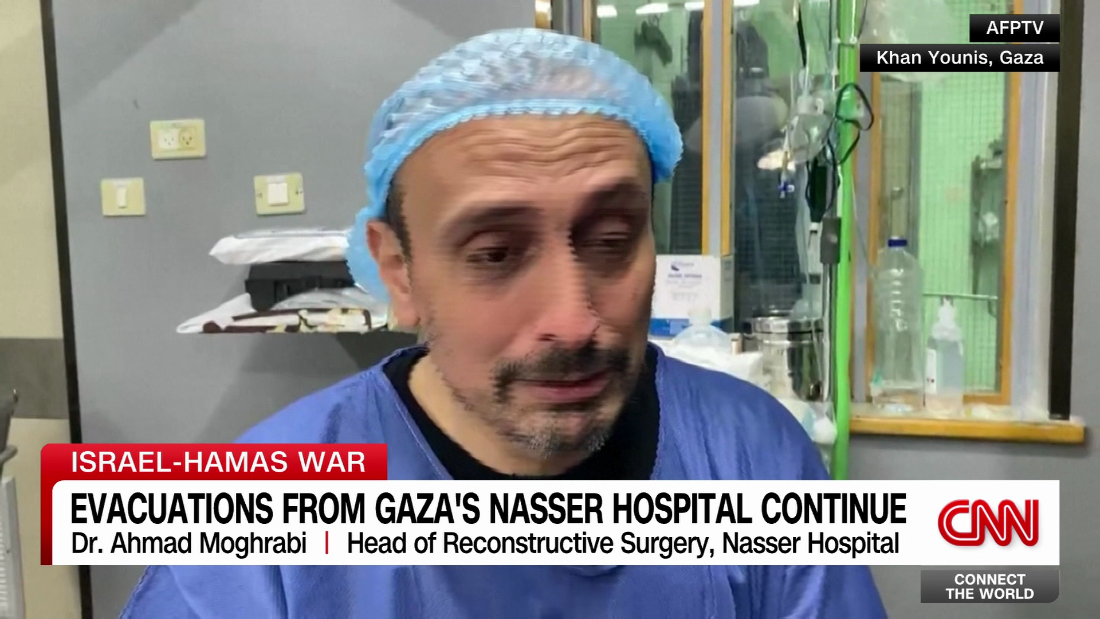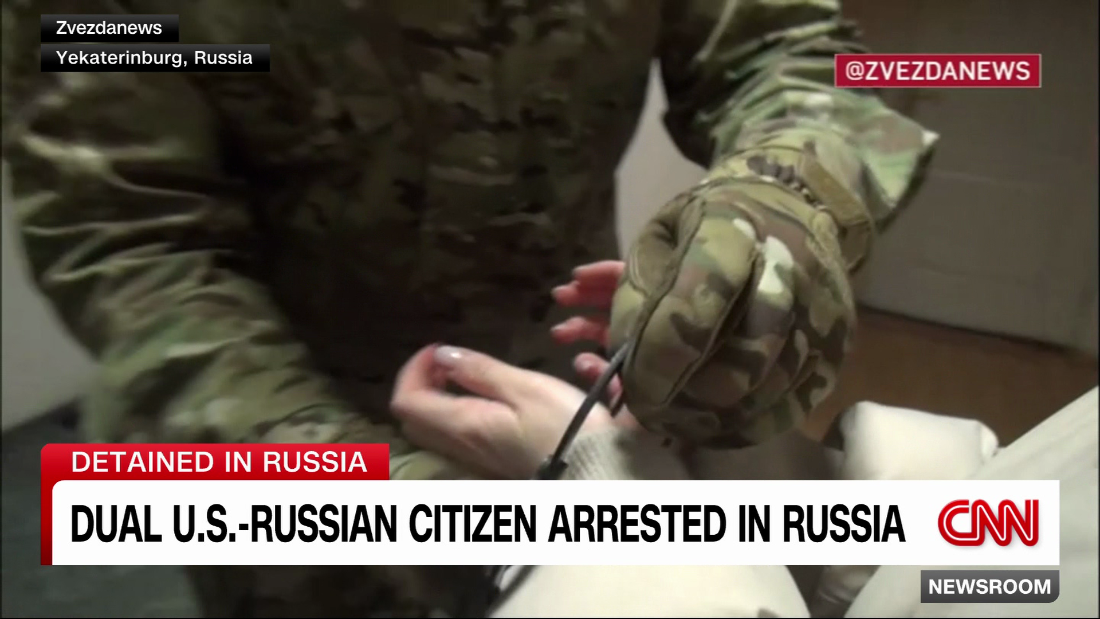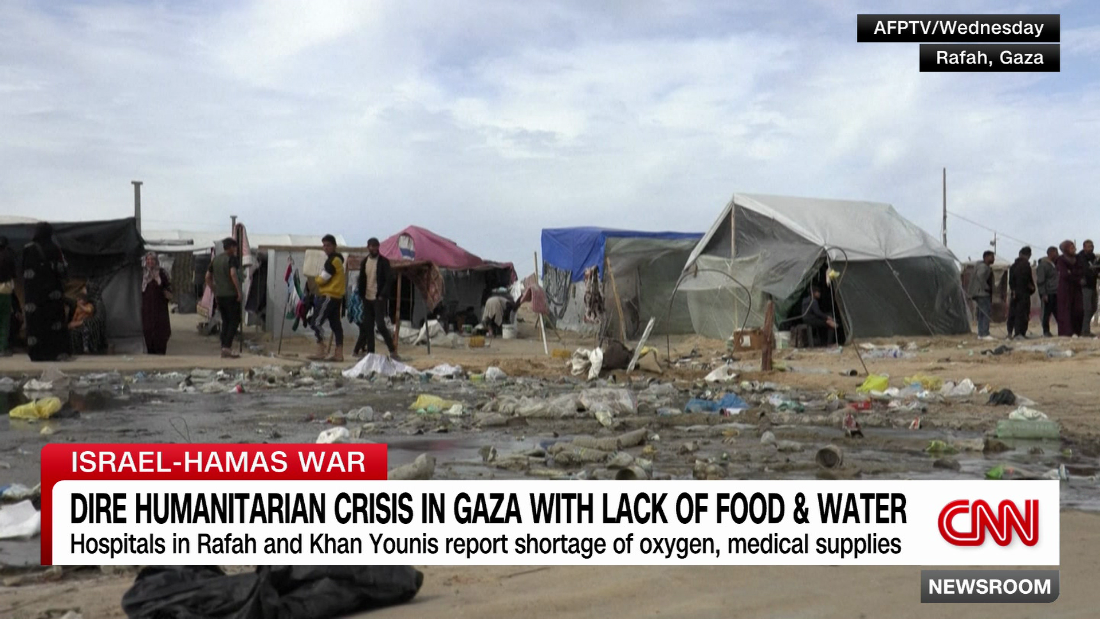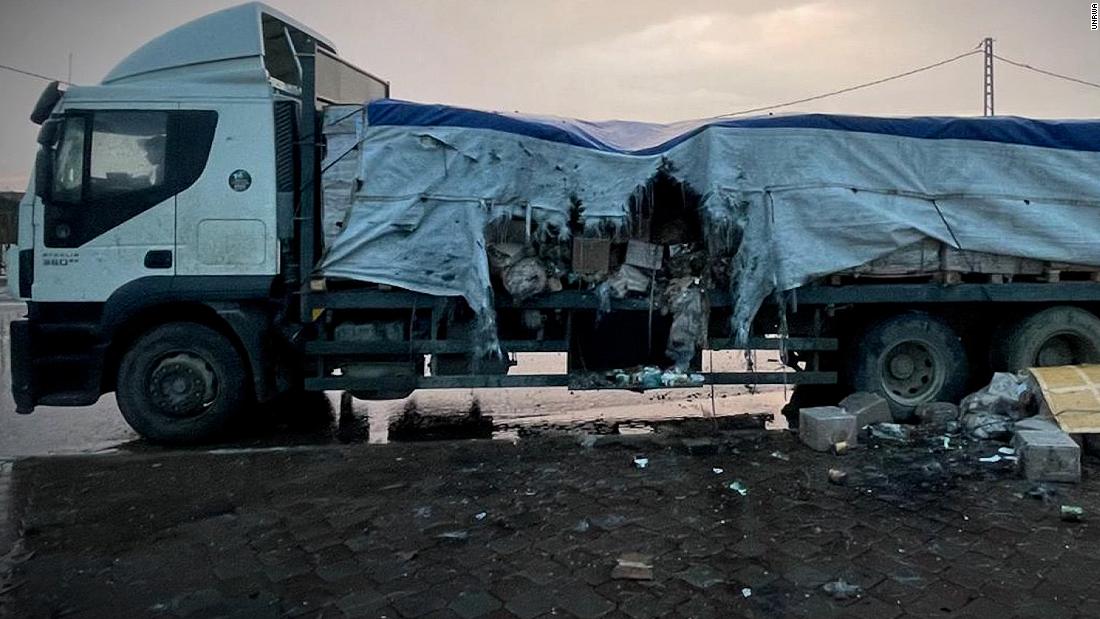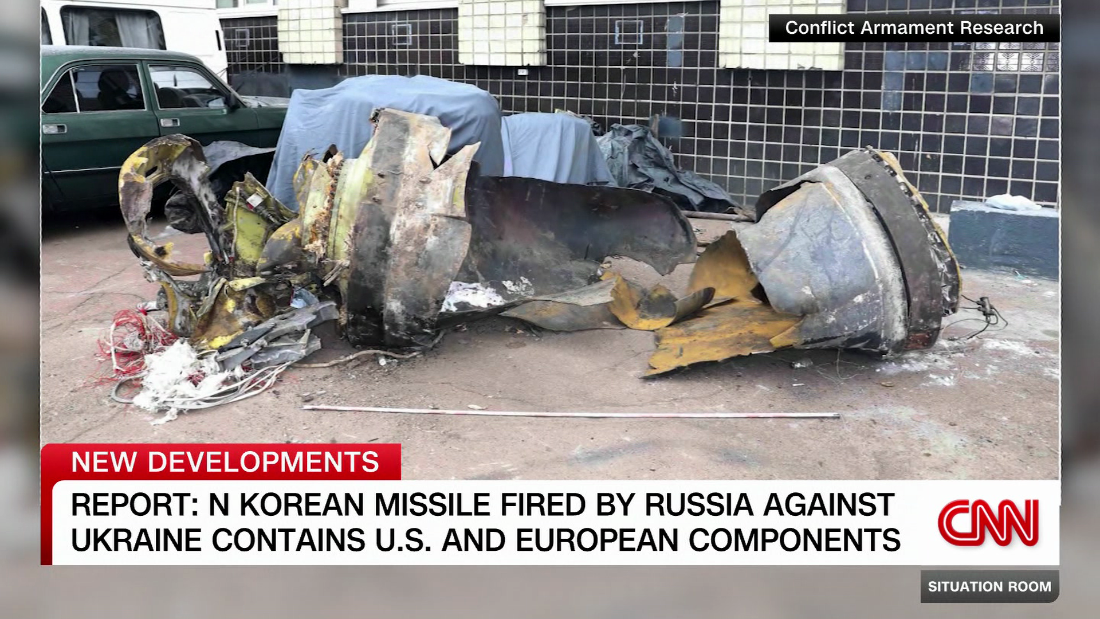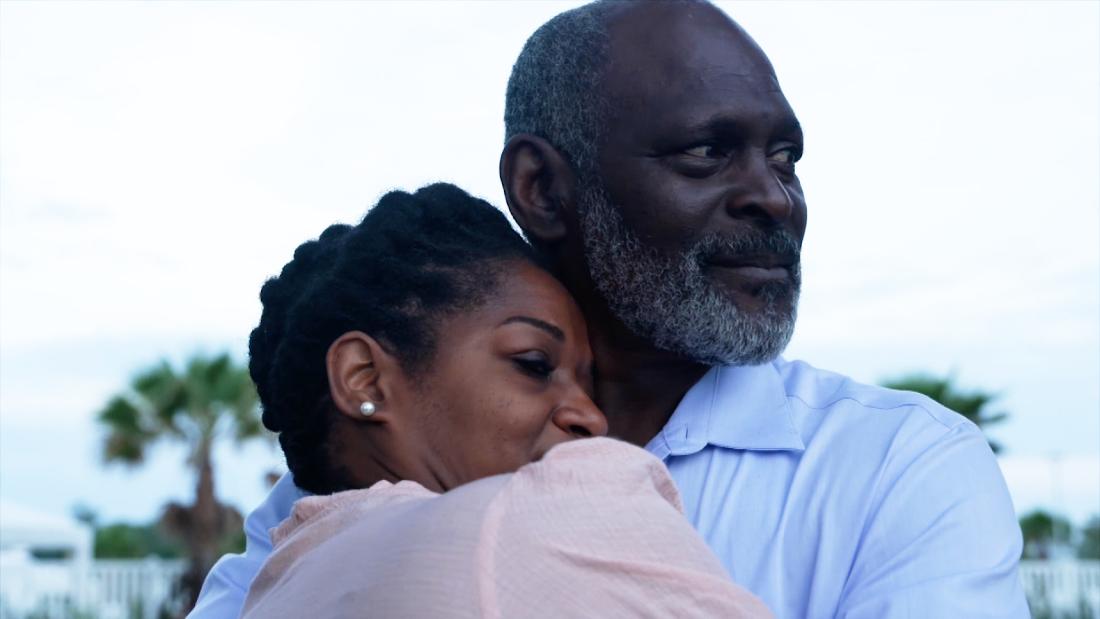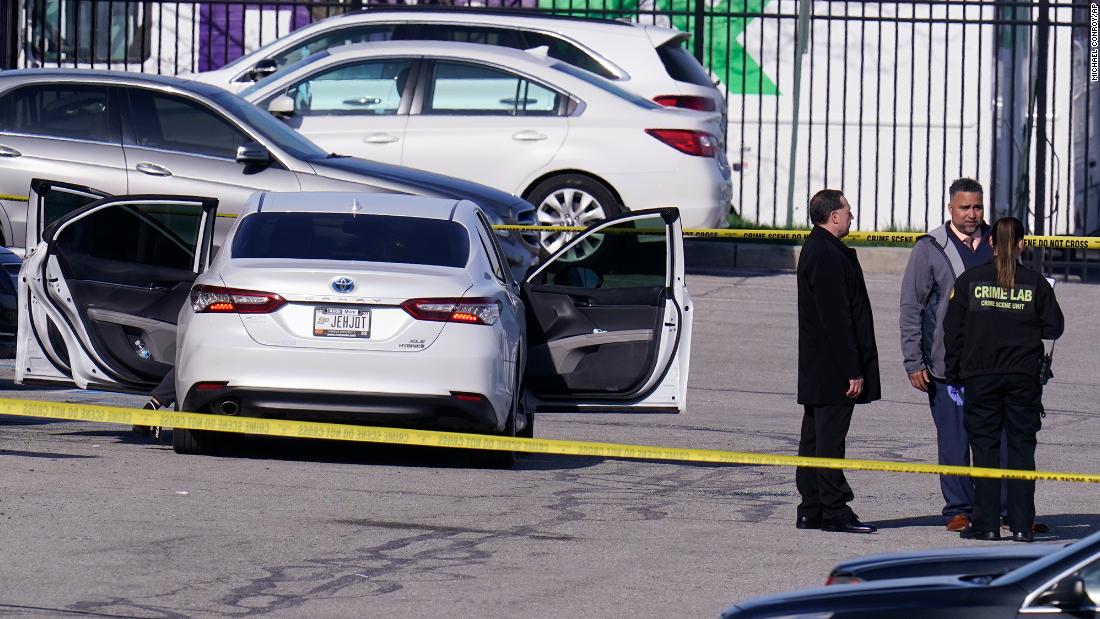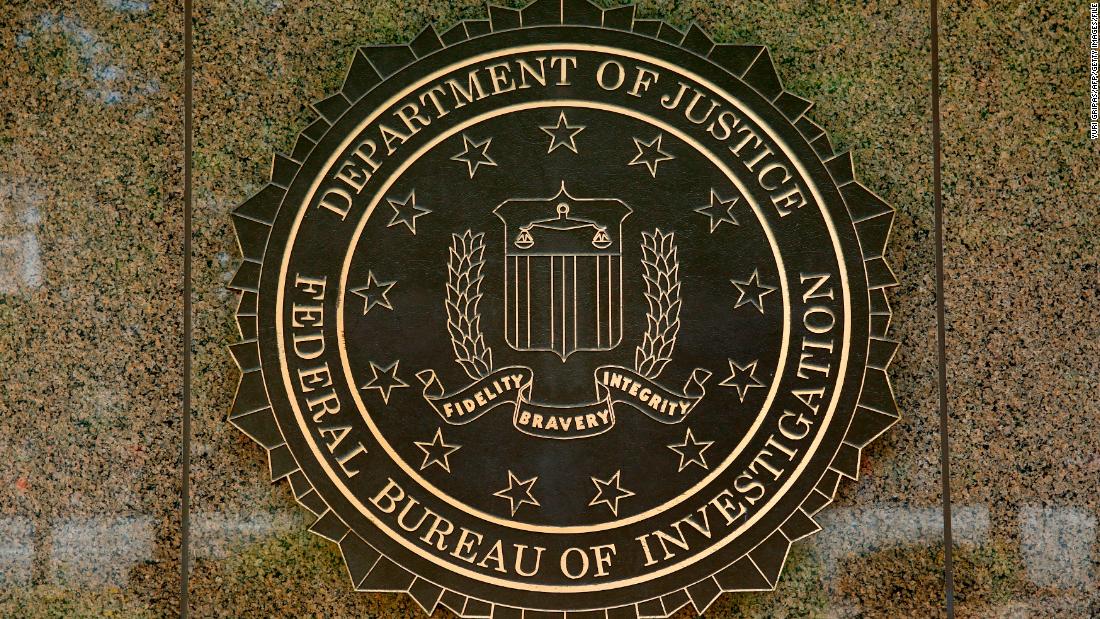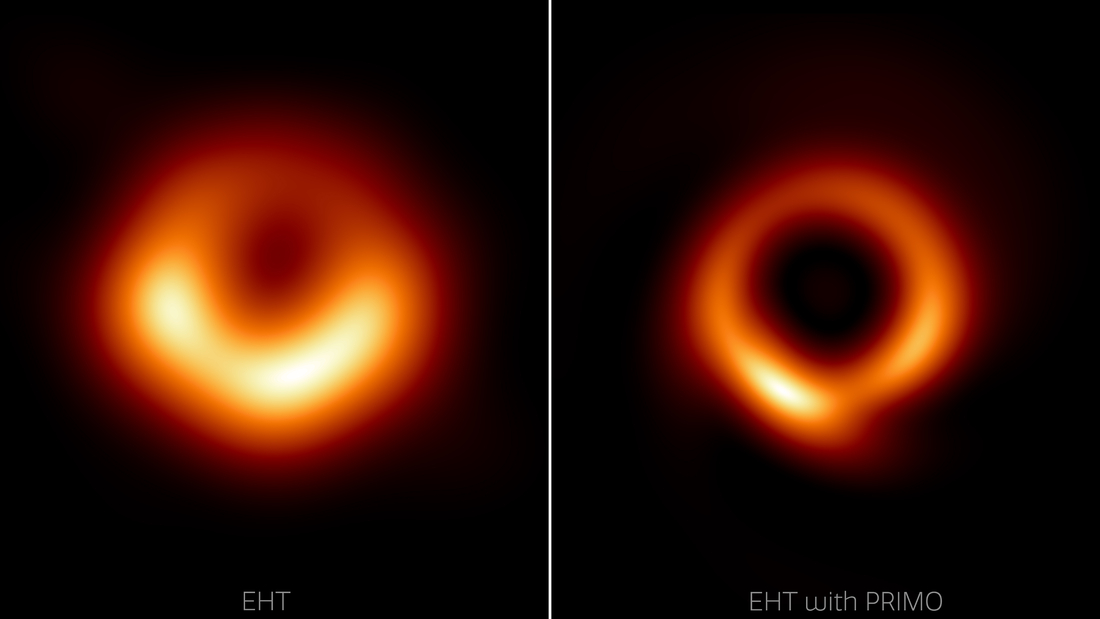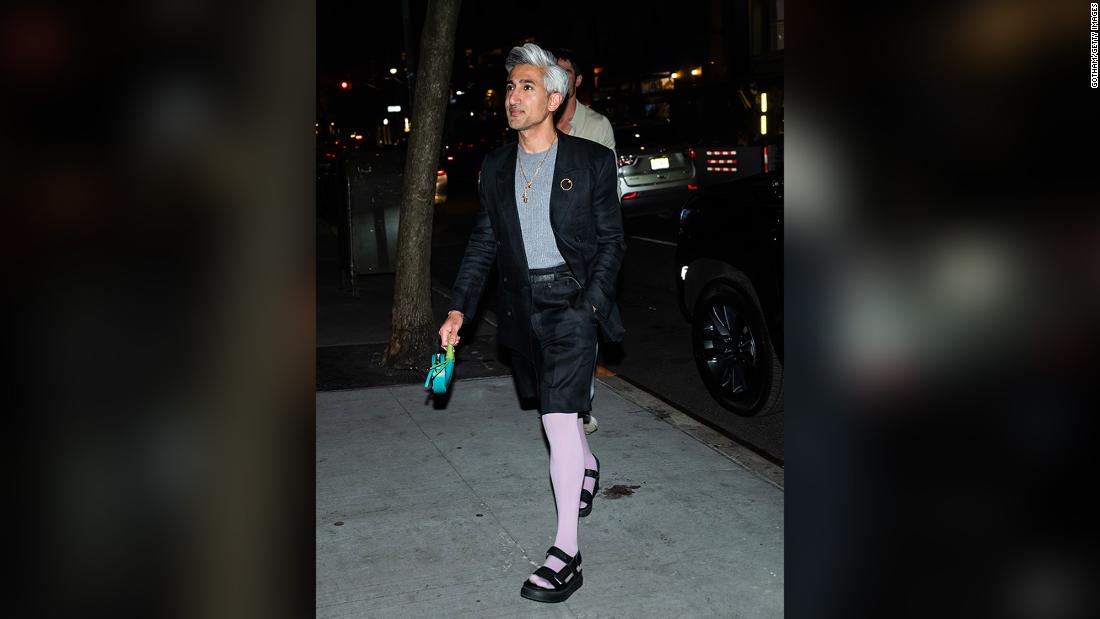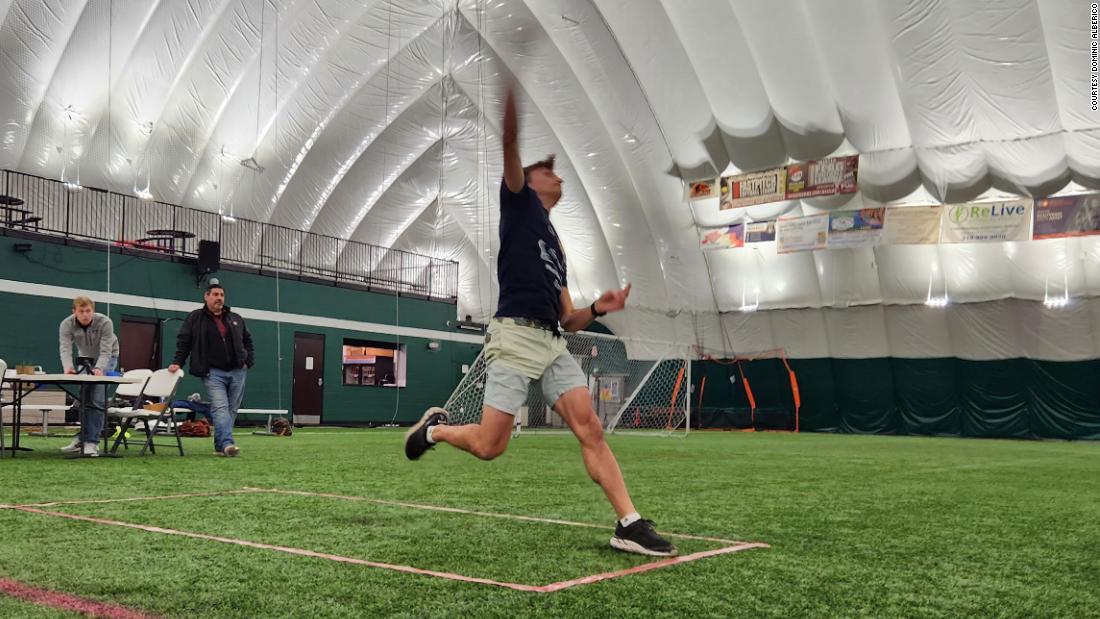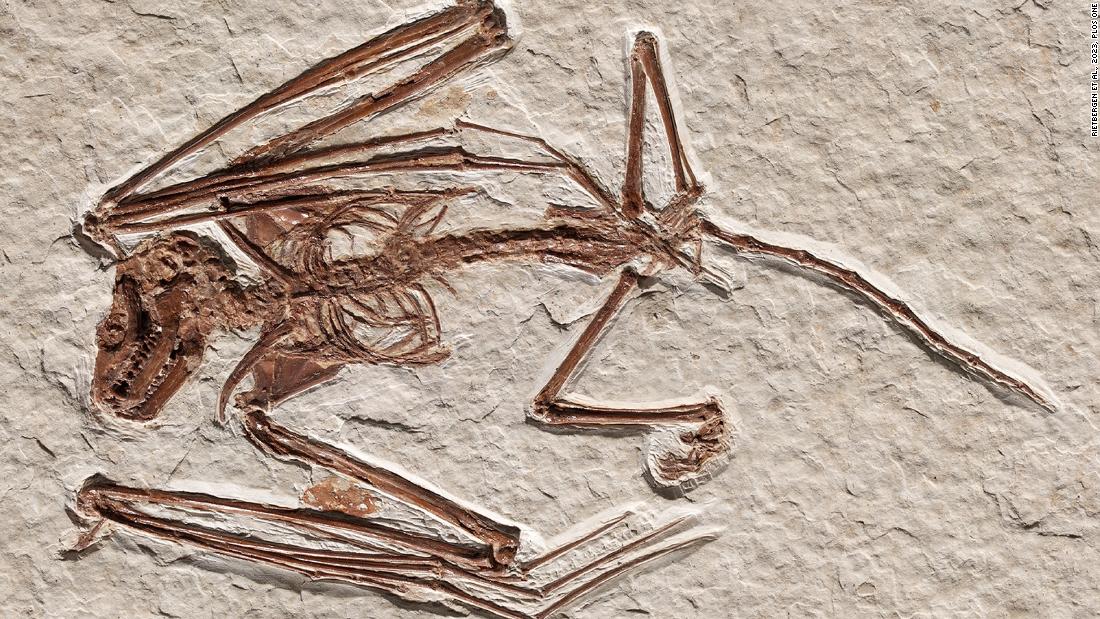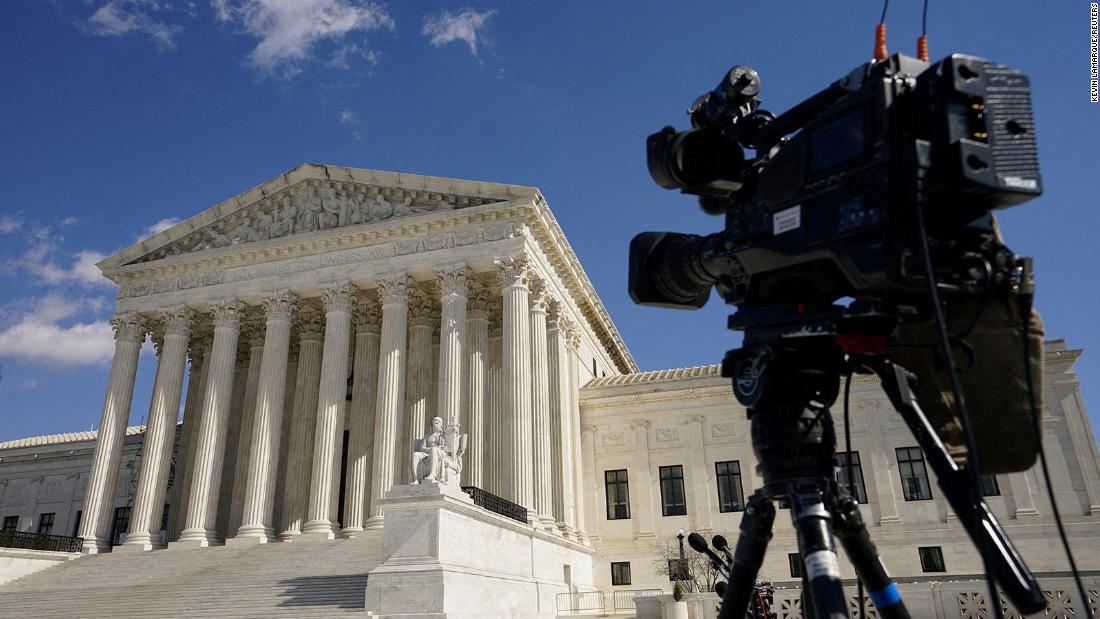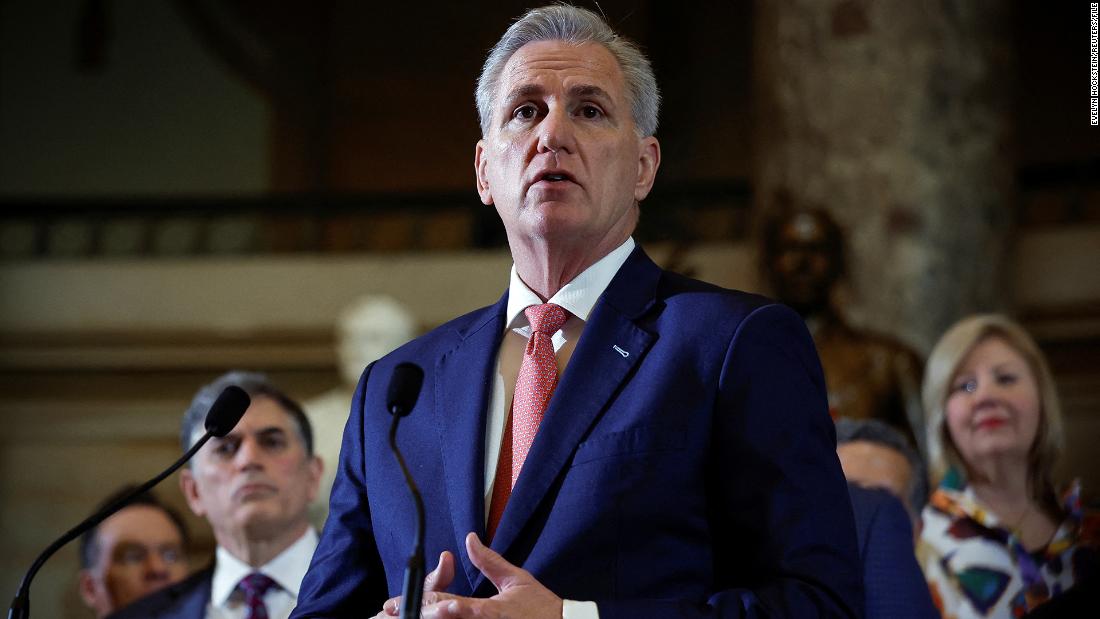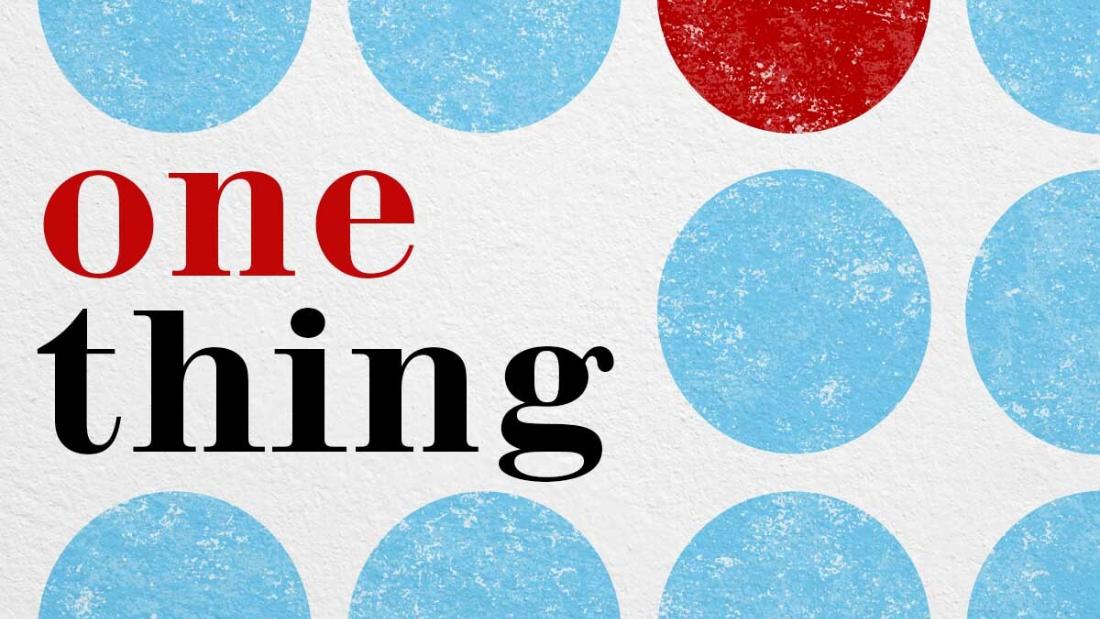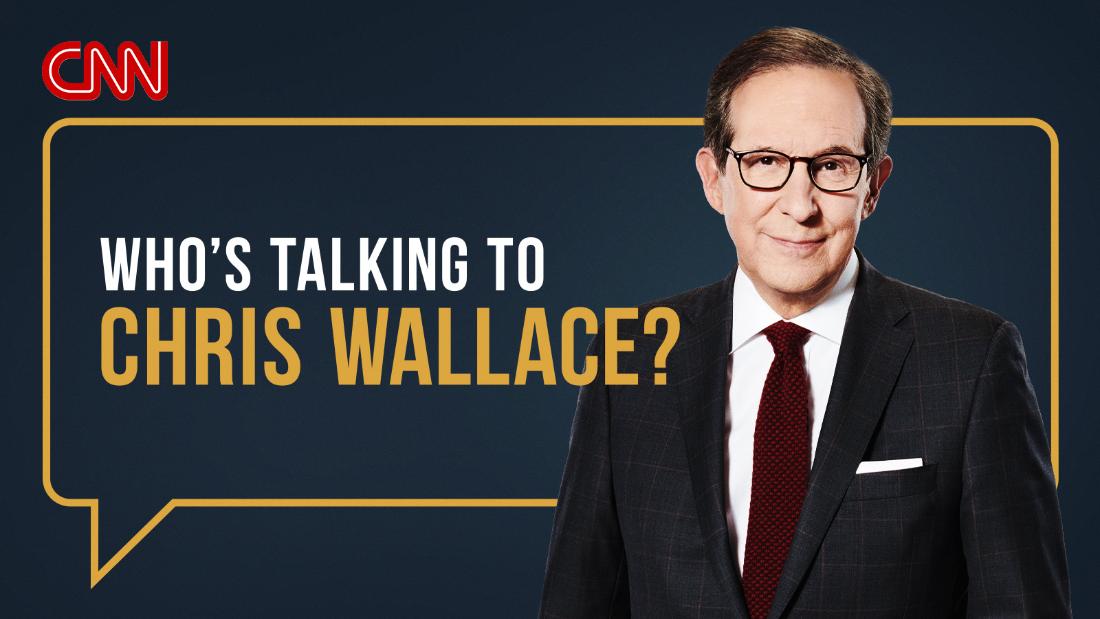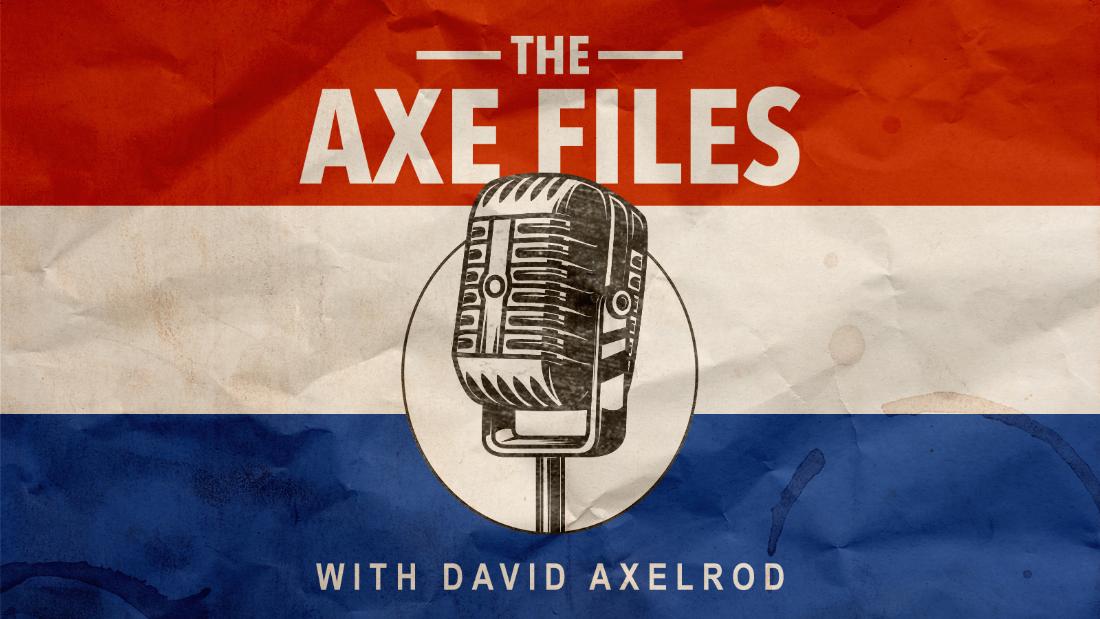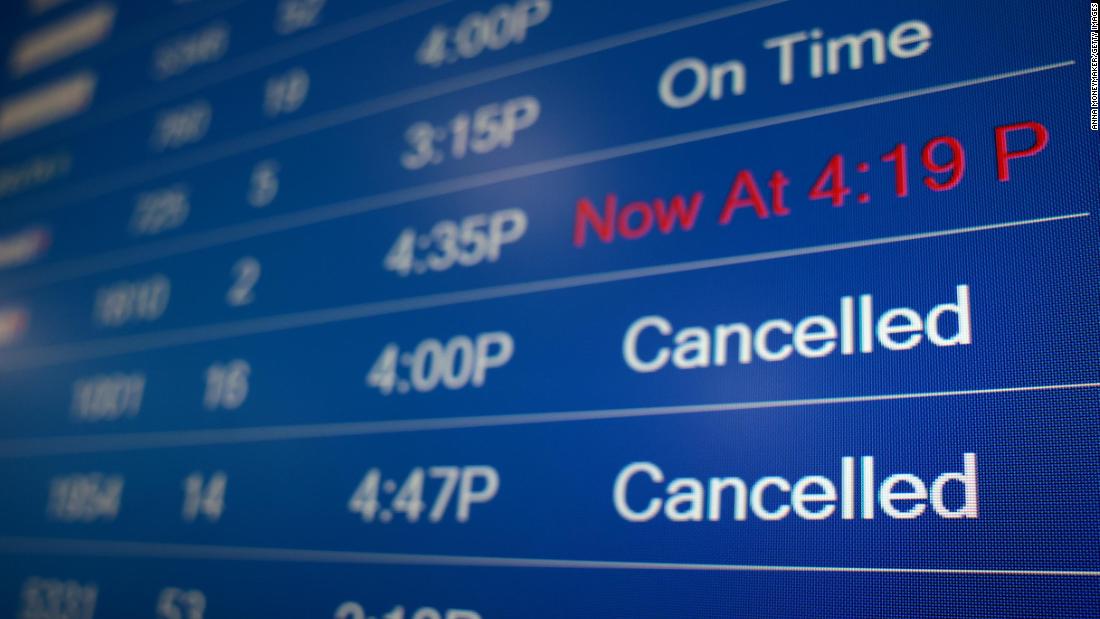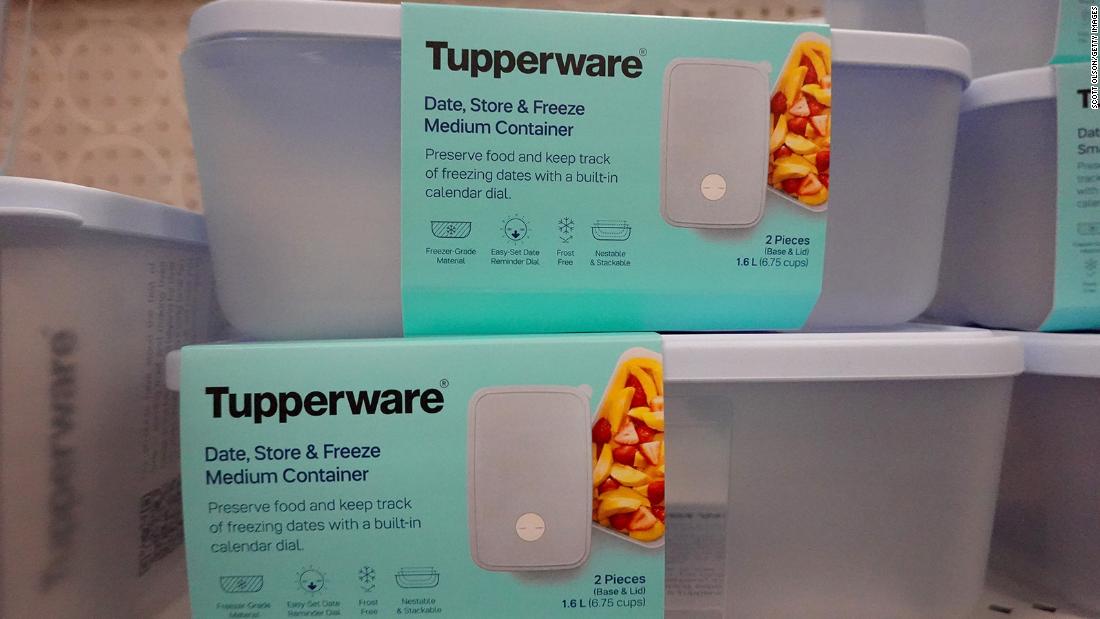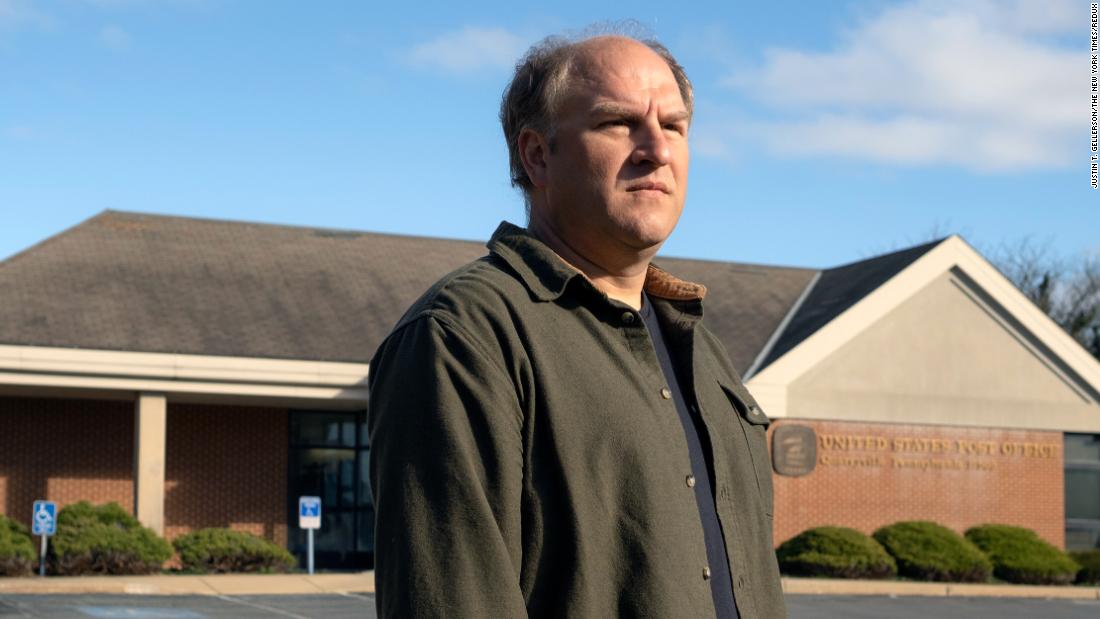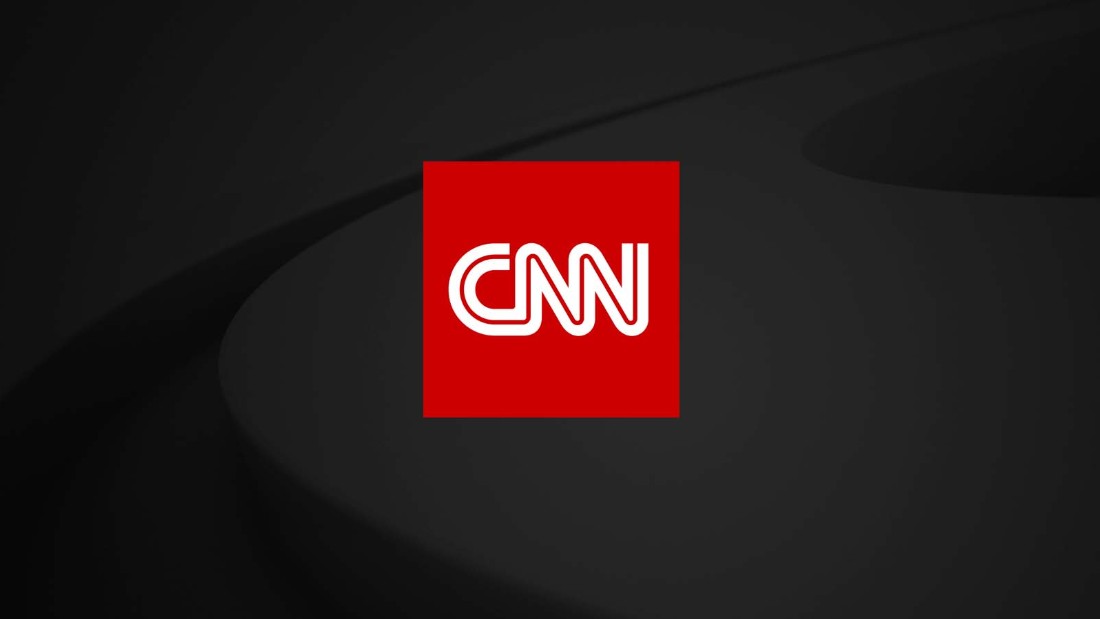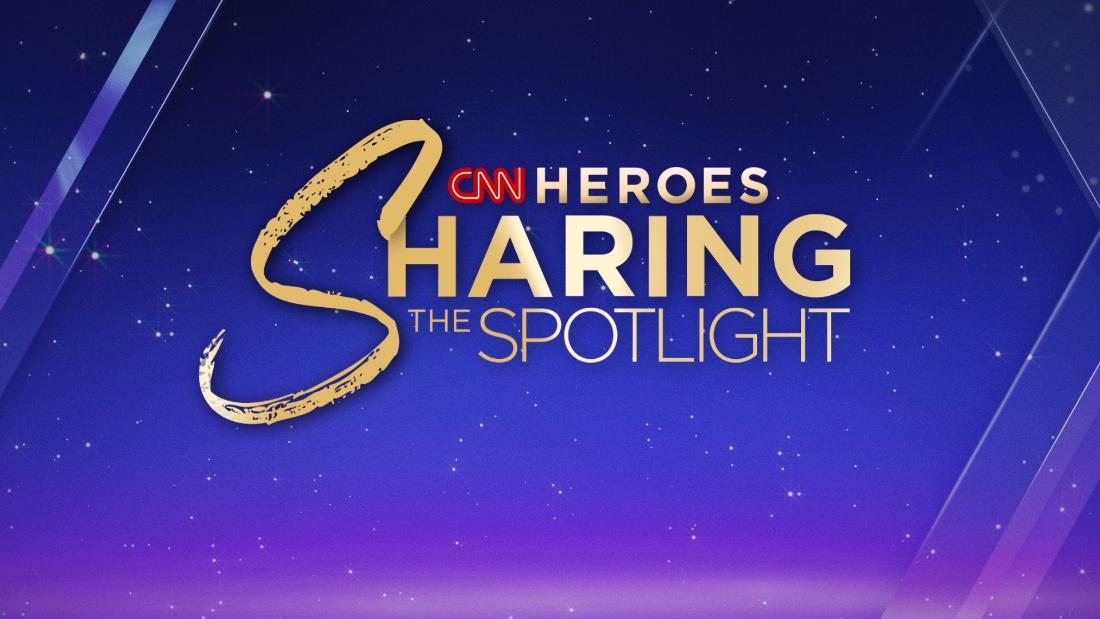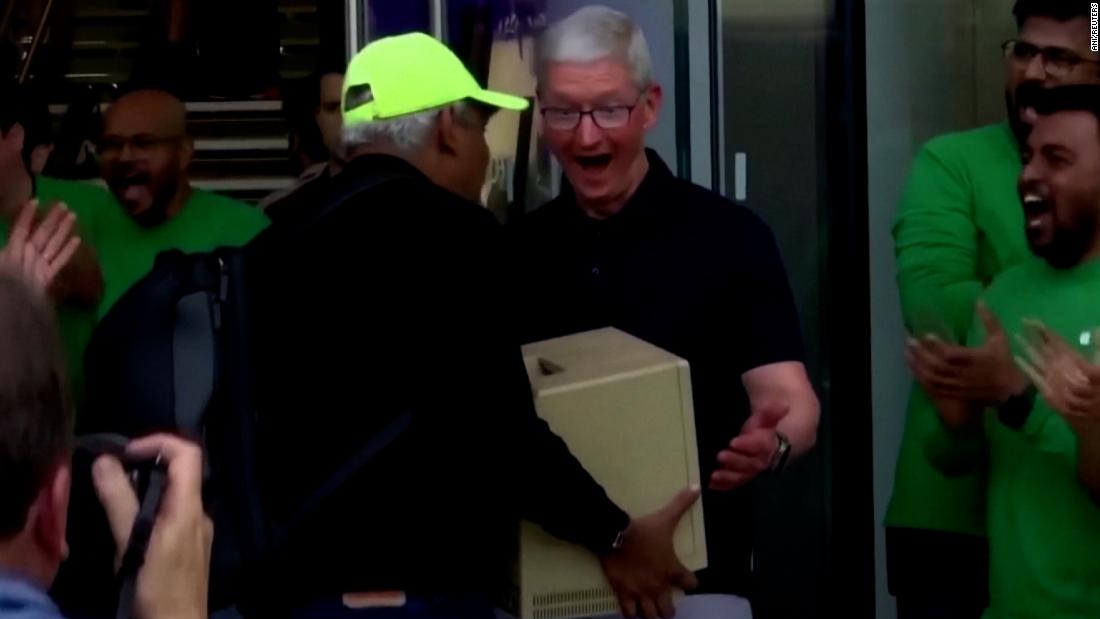SOMEWHERE in the darkest reaches of a secret Ministry of Defence archive, a team of military planners must be dusting off a file called something like “The Great Betrayal”.
It spells out what to do if America walks.
EPAIf one thing is certain about Donald Trump, it is that he has forced us to think the unthinkable[/caption]
GettyWithout a credible deterrent — as Ukraine and Zelensky found out — Russia rides roughshod over sovereignty and invades[/caption]
Vladimir Putin knows that sending tanks into Estonia, Lithuania or Latvia — countries Russia used to rule — risks an armed response from America and 30 alliesGetty
For many this is unthinkable.
The transatlantic alliance has underpinned the greatest, longest stretch of widespread peace the human race has ever known.
Britain and America’s armed forces are so intricately intertwined, with each other and with Nato, that even the thought of unpicking the alliance makes the bravest of soldiers go pale.
But if one thing is certain about Donald Trump, it is that he has forced us to think the unthinkable.
People who love him and people who loathe him agree that he is wildly unpredictable.
The self-professed master dealmaker loves to wrong-foot friends and foes by shooting from the hip.
But unpredictability is not what you want from an ally.
Unpredictable means unreliable. And if something is unreliable it means it might not work when you really need it.
If something isn’t reliable — be it a mutual defence pact or a nuclear missile — then it isn’t a credible deterrent.
Deterrence is important. Deterrence is the foundation of our transatlantic security. It is the reason we haven’t been burnt to a nuclear crisp in an all-out World War Three.
Without a credible deterrent — as Ukraine and Georgia have found to their cost — Russia rides roughshod over sovereignty and invades.
Give a country a deterrent — as the Baltic states discovered when they joined Nato — and Russia may rant and rave but it won’t launch a full-scale military invasion.
Writing on the wall
That is because Moscow doesn’t want World War Three any more than we do.
For all the Kremlin sabre-rattling that we have heard during the war in Ukraine, Russia knows how Nato works.
Would Donald Trump risk American lives to roll back Russian tanks in Europe? The unavoidable truth is that Trump has seeded doubt.
Article 5 is clear: “An armed attack against one or more of them . . . shall be considered an attack against them all.”
So however much Vladimir Putin might dream of rebuilding the Soviet empire, he also knows that sending tanks into Estonia, Lithuania or Latvia — countries Russia used to rule — risks an armed response from America and 30 allies.
But would it? Would the US step up to defend a Nato ally?
Would Donald Trump risk American lives to roll back Russian tanks in Europe?
The unavoidable truth is that Trump has seeded doubt.
The answer used to be yes, absolutely. Now we are not so certain.
That doubt puts all of us in peril because it changes Russia’s calculations.
It is this doubt which forces military planners — whose job it is to plan for extremely unlikely but damaging scenarios — to think about “what if”.
What if America leaves Nato?
I should stress, even with Trump in power for another four years, this seems extremely unlikely.
But what certainly does seem possible, indeed likely, is a US military pivot away from Europe towards the Indo- Pacific and China.
Under President Harry S Truman, the US signed up to Nato in 1949. America may not leave Nato, but it may be significantly less engaged.
This is partly — as Matthew Savill, director of military sciences at London’s Royal United Services Institute think tank argues — because Trump “sees no intrinsic value in alliances and partnerships”.
And partly because America has limited resources and China is the bigger threat. To put it in perspective, China now has the world’s biggest navy.
Its total shipbuilding capacity is 230 times America’s and it adds the equivalent tonnage of the entire Royal Navy to its war fleet every two years.
GettyEmergency services fight a fire following a Russian air strike on Kharkiv[/caption]
GettyAs the conflict rages on, Ukraine faces devastating destruction, with cities reduced to rubble and a nation grappling with the scars of war[/caption]
So somewhere near the top of that “Great Betrayal” file will be an urgent note for the planners to call the Treasury.
The military is going to need more money.
Last year America spent $968billion on defence, which is more than double the rest of Nato combined.
The UK Government estimates it would have to more than triple its current defence spending to seven per cent of GDP if it wanted any chance of plugging the gaps — or rather the chasms — that a retreating America would leave in its wake.
The writing is on the wall for the Government. They have to spend more now. And so does the rest of Europe.
But it is far more complicated than how much we spend. It is what we spend it on. What weapons are sovereign and what are American?
The debate over Storm Shadow missiles and whether Ukraine could fire them at Russia was a perfect example of Britain’s critical dependence on America.
The bunker-busting cruise missiles are a sovereign British and French weapon.
But they rely on mapping data from American spy satellites to navigate to their targets. We can’t fire them without American permission.
We fly American F-35B jets off our aircraft carriers and we have to fix them in the US.
Our nuclear deterrent — carried on Royal Navy nuclear-powered submarines — relies on US-made Trident 2 missiles which are loaded and offloaded in Georgia.
The RAF’s Rivet Joint spy planes, which vacuum up signals intelligence for the GCHQ listening service, automatically share everything they collect with the CIA.
GettyLast year America spent $968billion on defence, which is more than double the rest of Nato combined[/caption]
GettyPresident Harry S Truman, the US signed up to Nato in 1949[/caption]
We rely on US spy satellites, and Nato could not go to war without American heavy lift aircraft.
Yet while America is undoubtedly Nato’s Goliath, things are not entirely one-sided.
For a start, the only time Article 5 has been used to trigger a military response was when allies came to America’s aid after the 9/11 attacks.
Nato are not just America’s allies. They are America’s biggest trading partners. We buy everything from fighter jets to Coca-Cola.
And while the US has might, Britain has precious geography.
Defeat and retreat
The US missile early-warning sites, designed to detect a Russian nuclear attack, are scattered across the UK and Europe.
There is RAF Oakhangar, Hants, home to one of the largest US Space Force bases outside America.
And RAF Menwith Hill, North Yorks, which hosts 37 giant radomes, much loved by the CIA.
Everything [Trump] has said this last week suggests he is ready to betray Ukraine, and Europe with it, to appease the Kremlin.
RAF Alconbury and RAF Molesworth, Cambs, and RAF Croughton, Northants, all host spies from the US Joint Intelligence Analysis Centre.
Through us they get access to a spy station in Cyprus, an airbase in Diego Garcia (unless the Government gives away the Chagos Islands), a space force runway on Ascension Island and outposts in the Falklands and the Antarctic.
The US armed forces are staffed by people of courage and honour, people who cherish integrity.
I have no doubt they will strive to ensure these allegiances endure. But they cannot overrule their president.
We would be fools to ignore Trump’s statements and fools to ignore his track record.
Donald Trump betrayed American’s Kurdish allies in Syria by ordering a sudden withdrawal in 2018.
He drove the disastrous peace deal with the Taliban which ultimately led to defeat and retreat from Afghanistan in 2021.
And everything he has said this last week suggests he is ready to betray Ukraine, and Europe with it, to appease the Kremlin.
Britain and Nato must be ready to think and to face the unthinkable.
Unlock even more award-winning articles as The Sun launches a brand new membership programme – Sun Club.
Jerome met with Volodymyr Zelensky in Ukraine in November 2023
peter jordanJerome Starkey at the scene of a devastating missile attack in Kharkiv[/caption]
Peter JordanJerome in the bombed-out council offices in Kharkiv at the start of the Russian invasion[/caption] Published: [#item_custom_pubDate]













